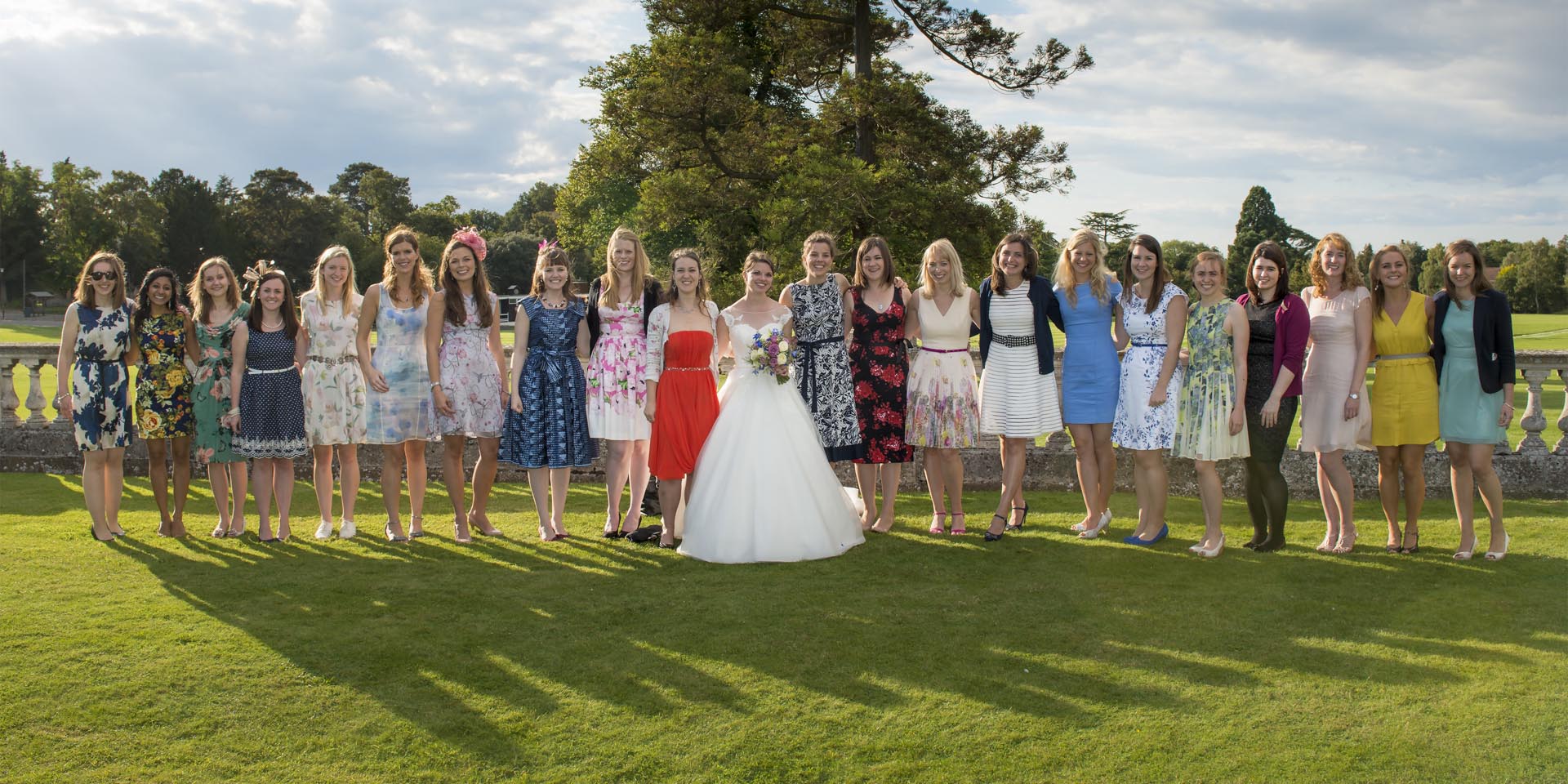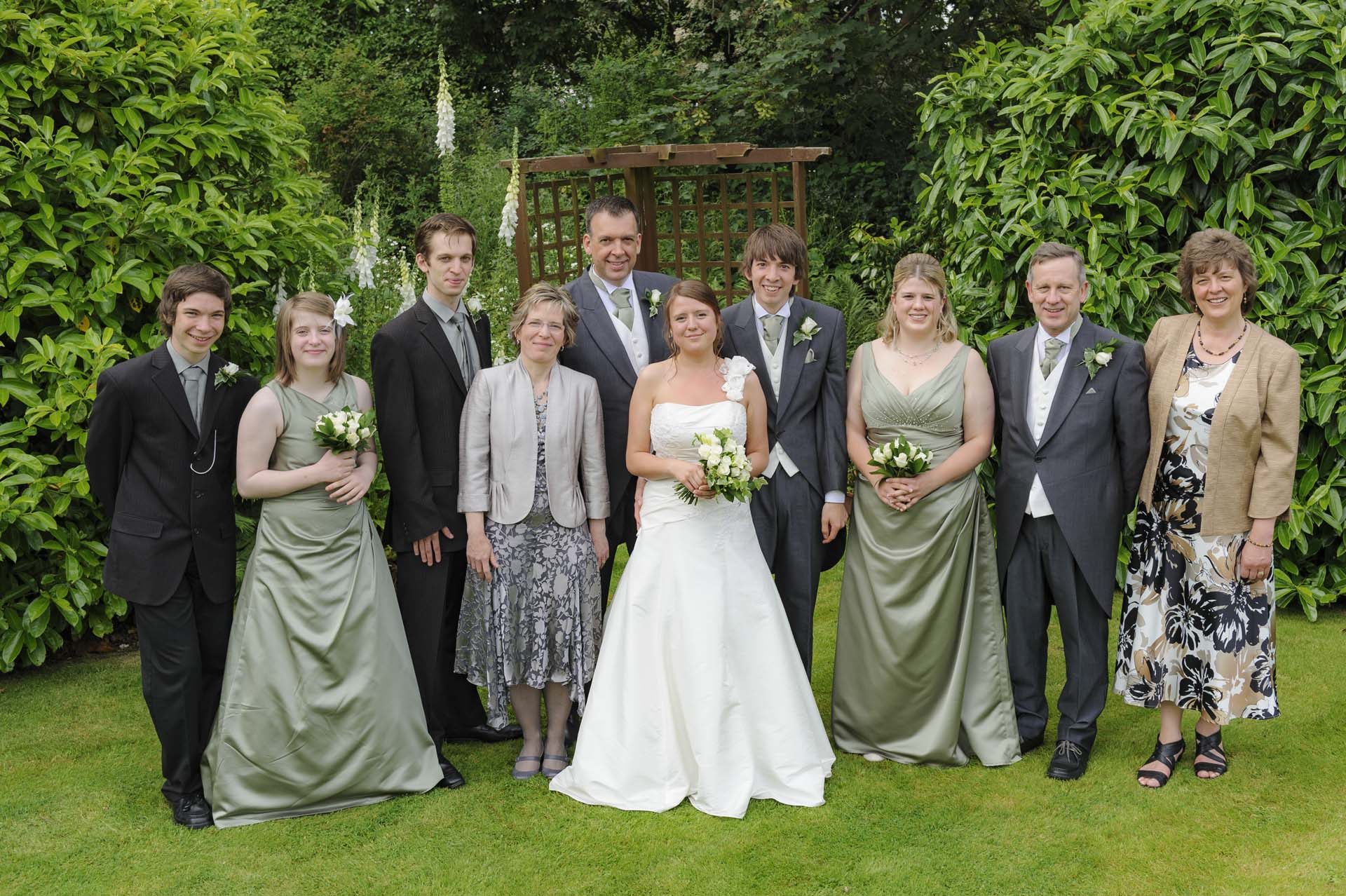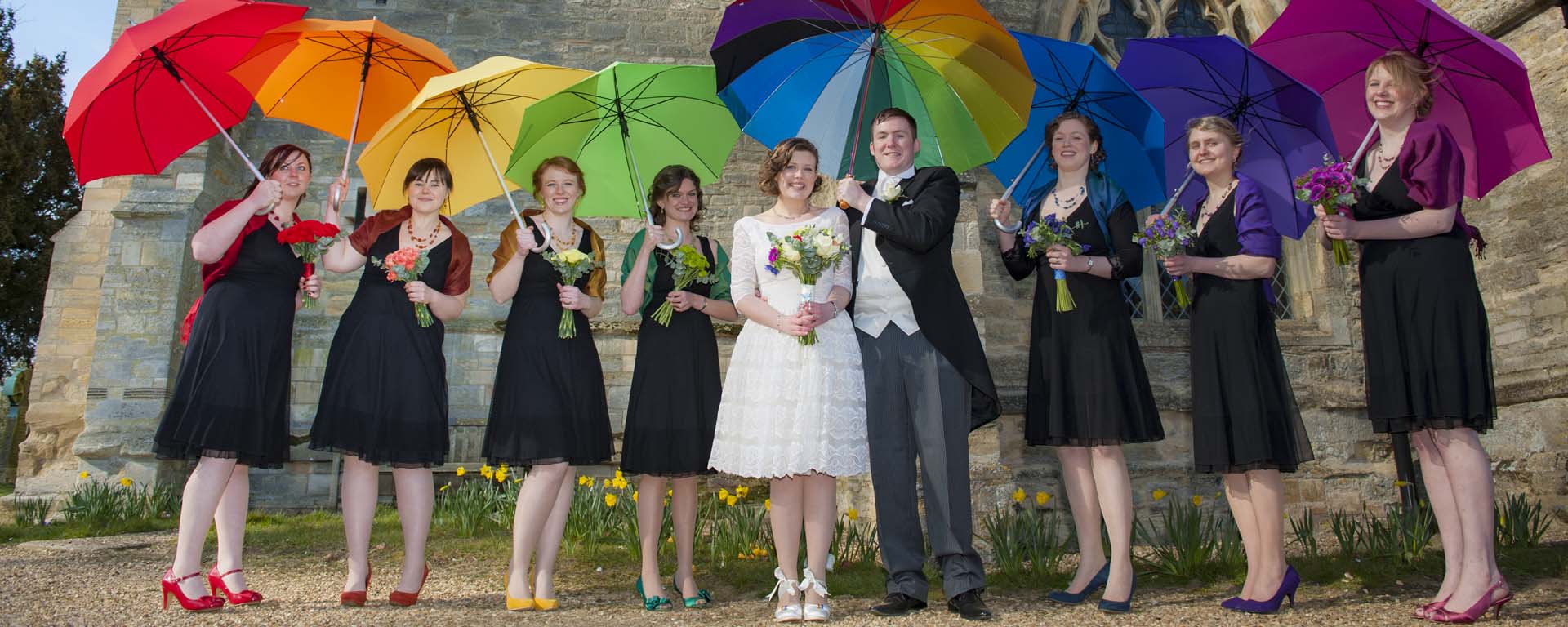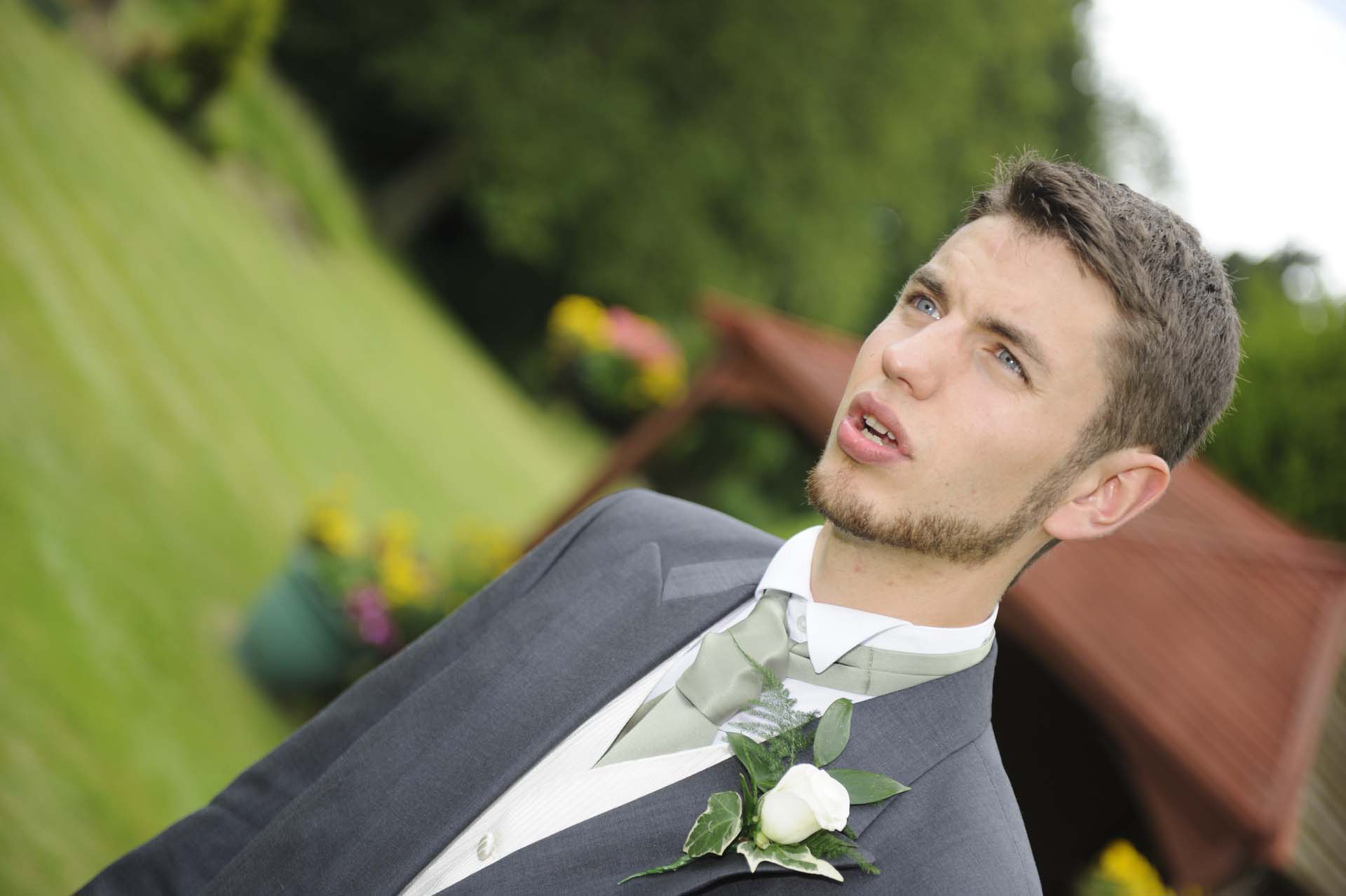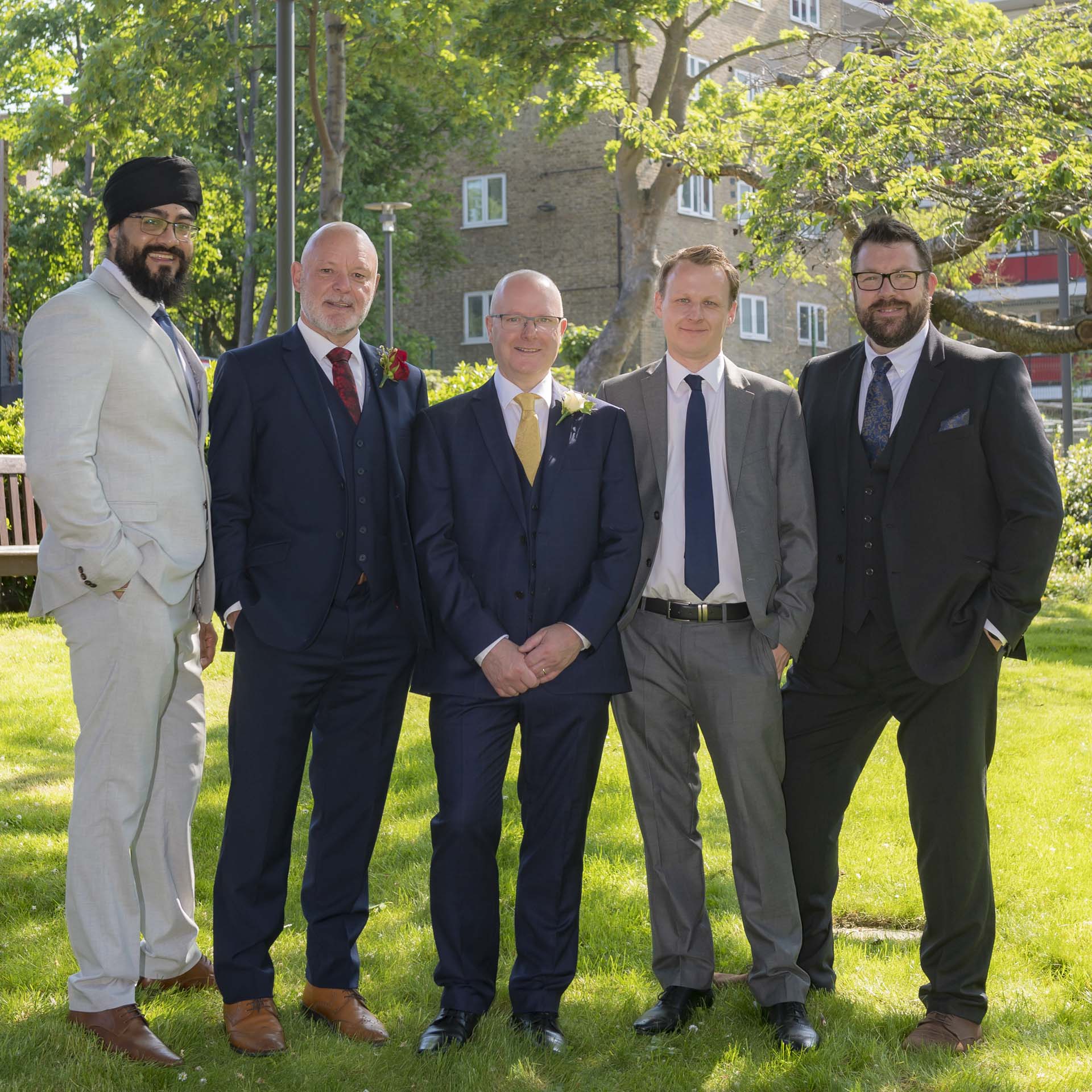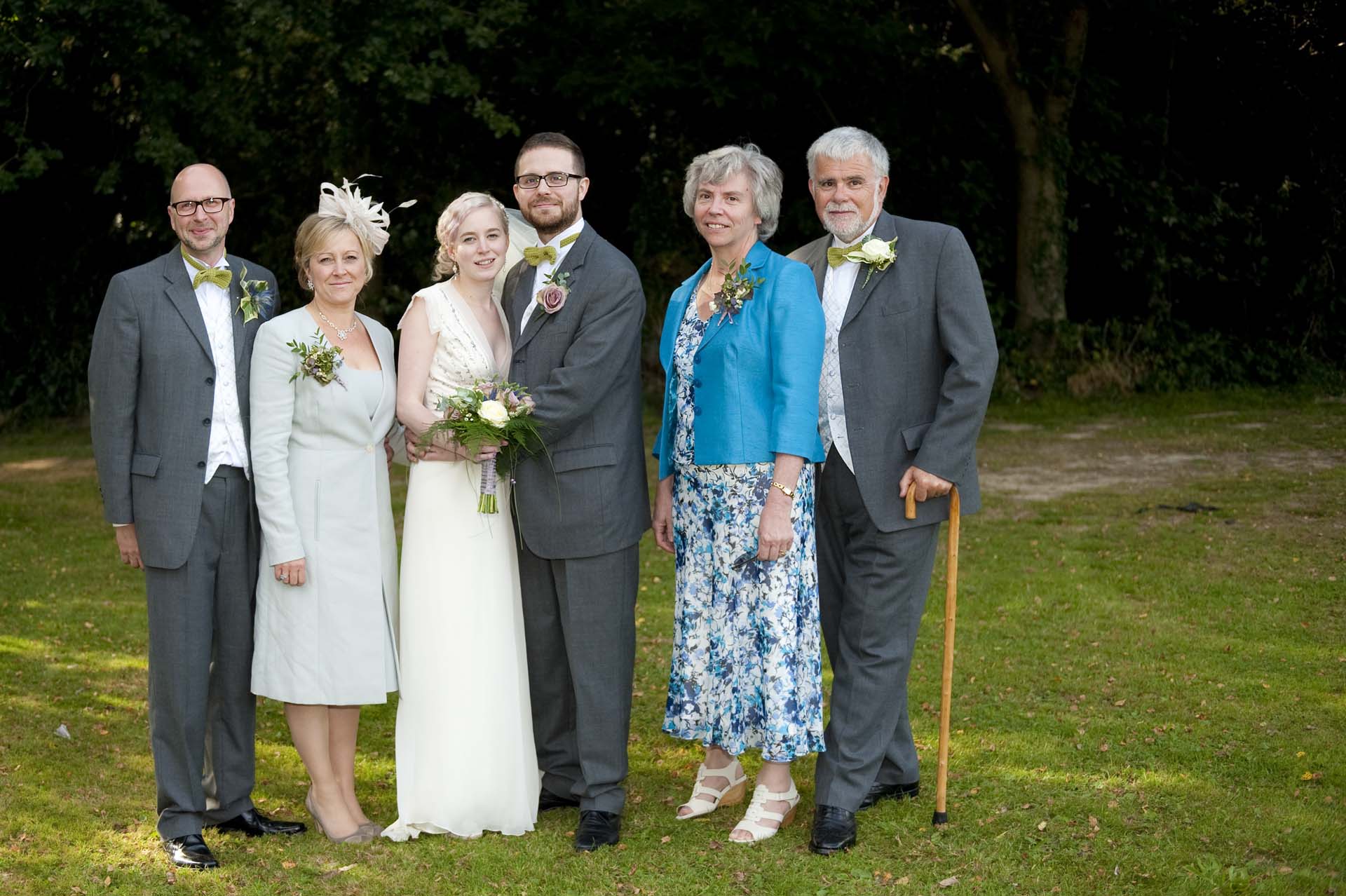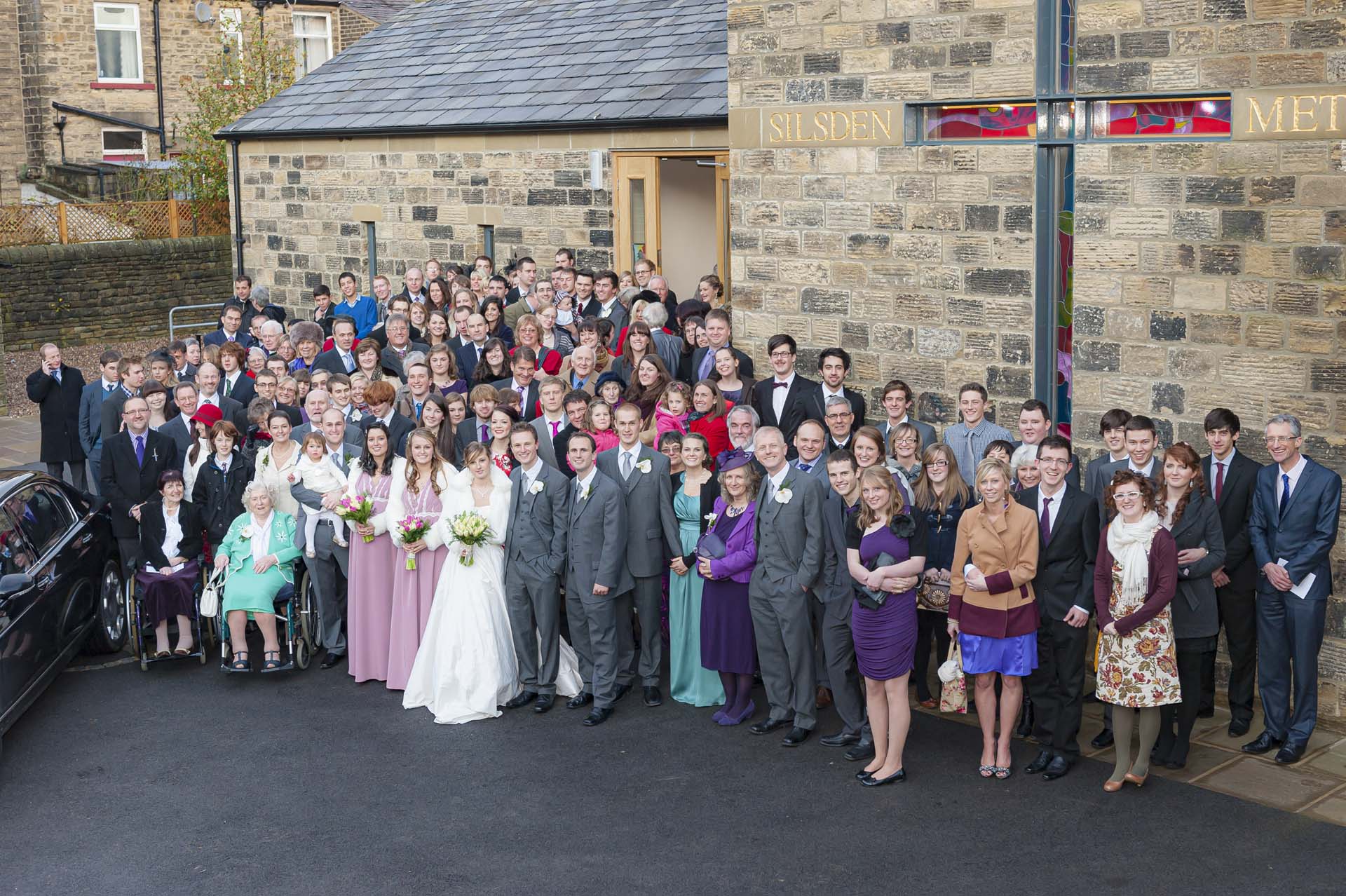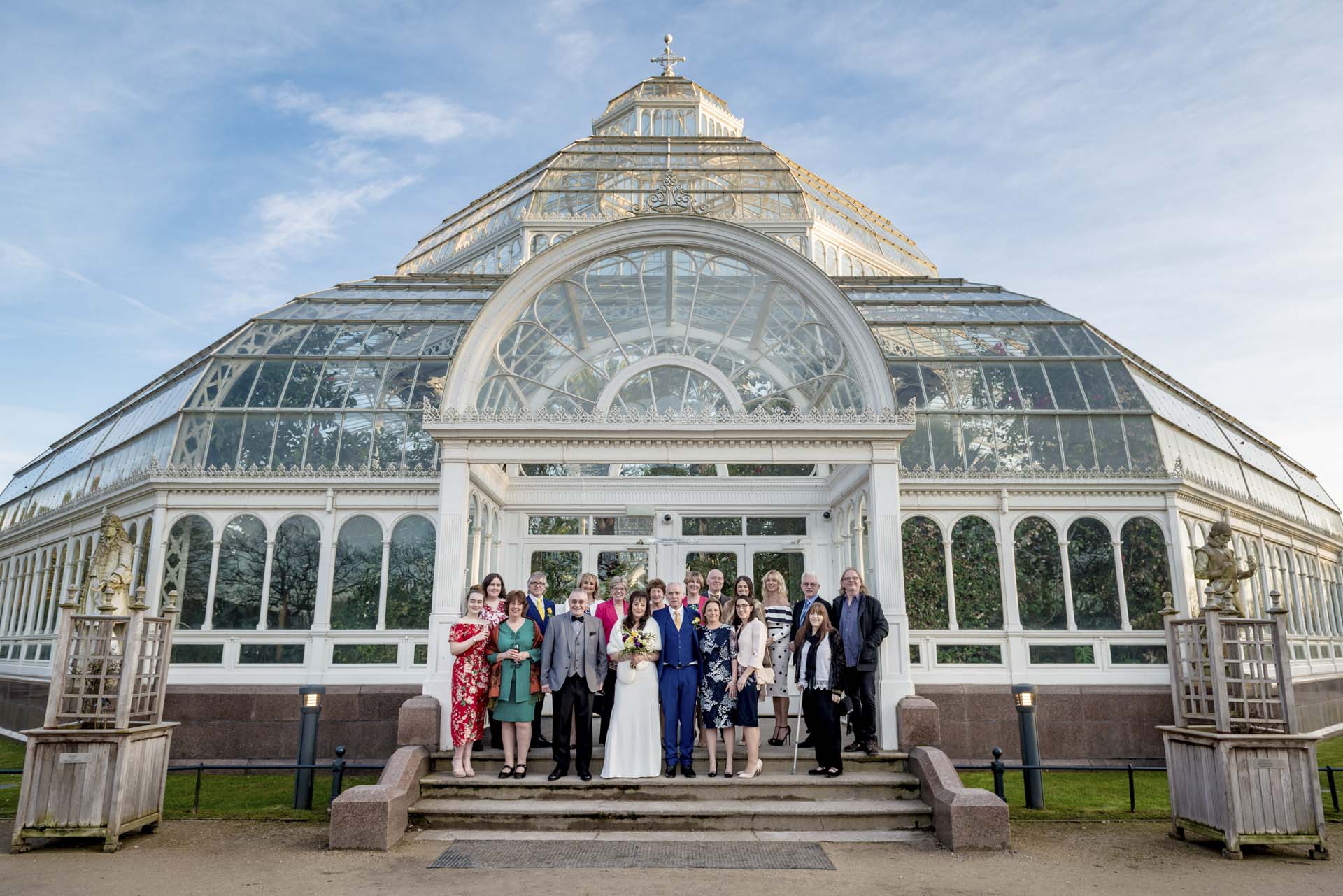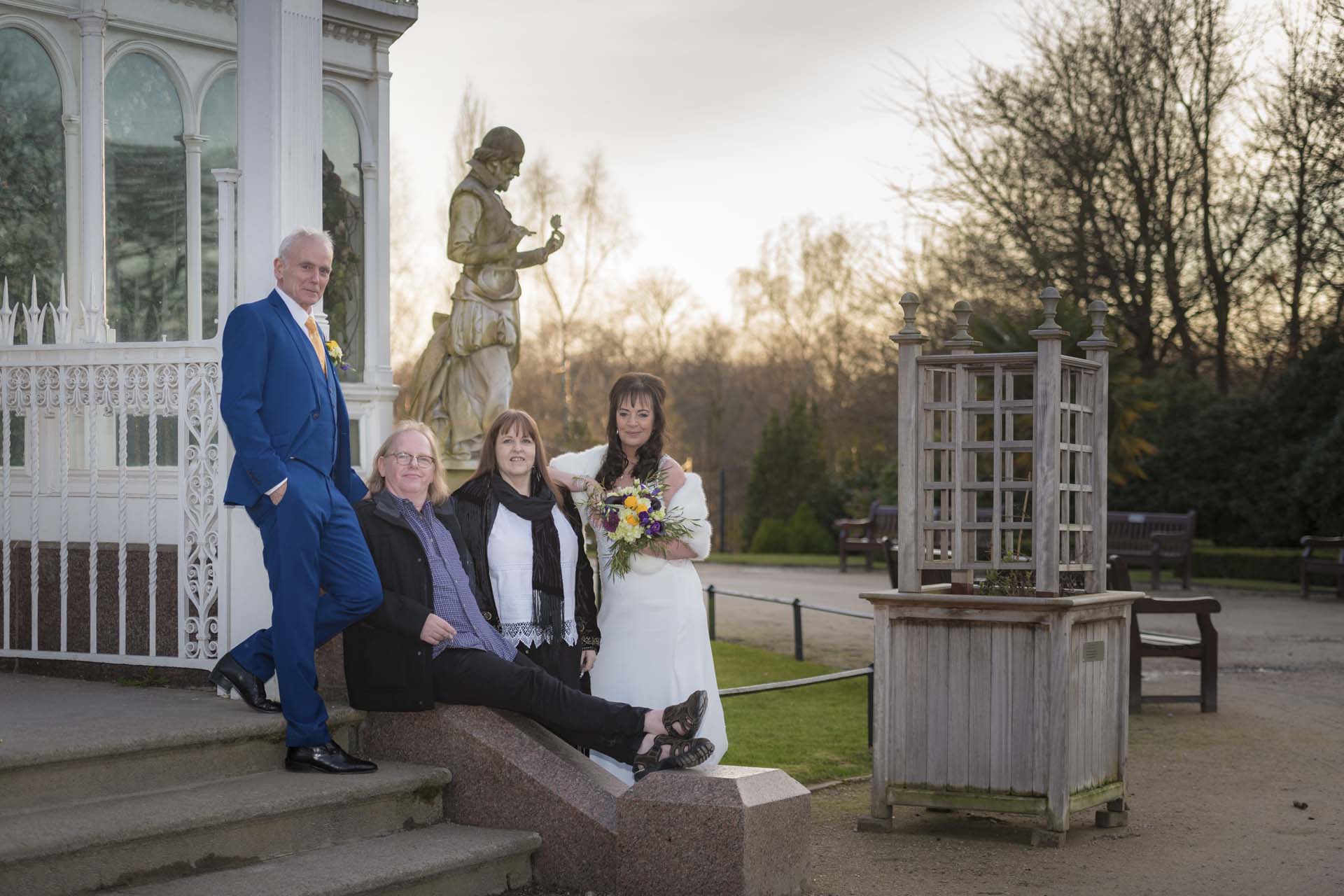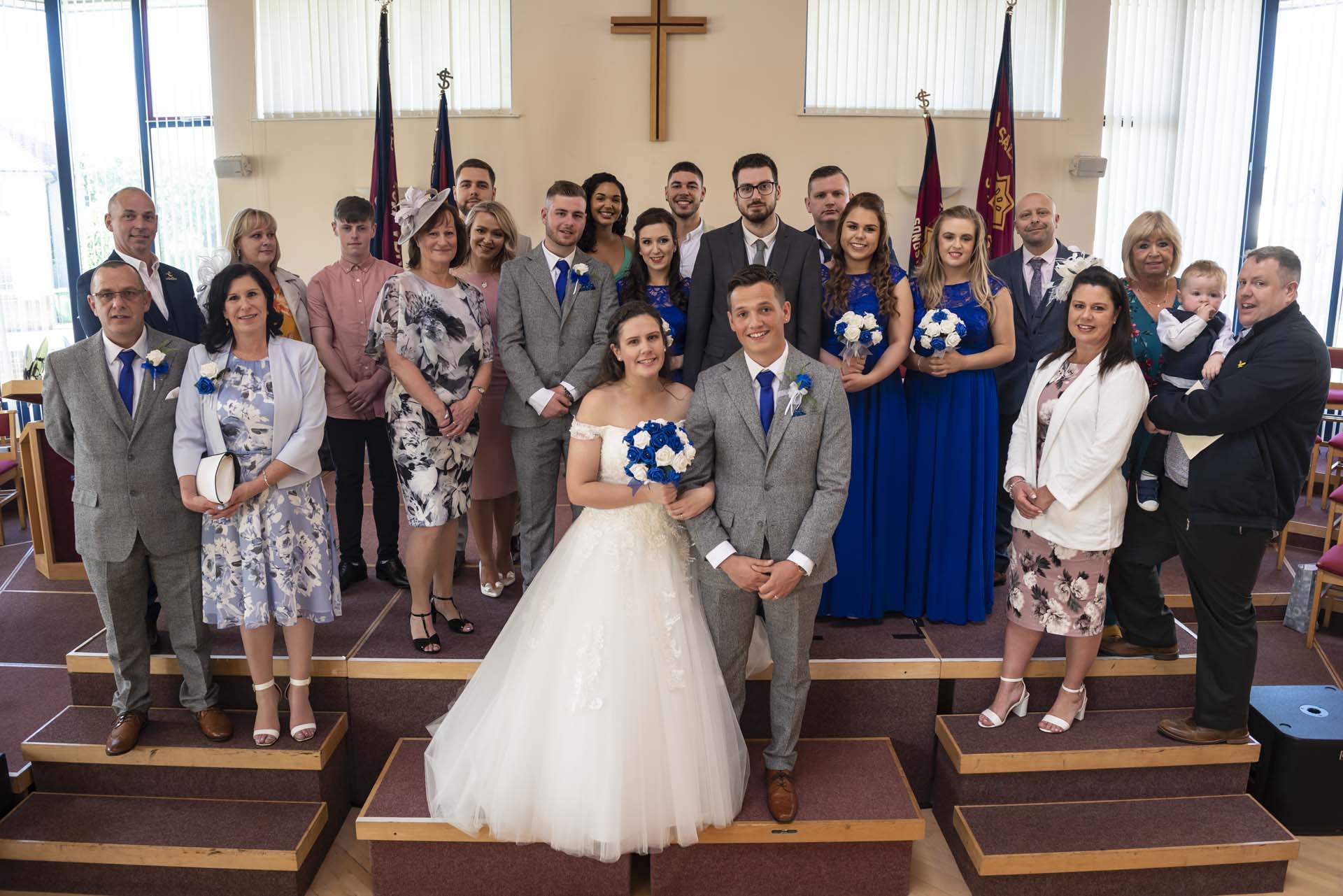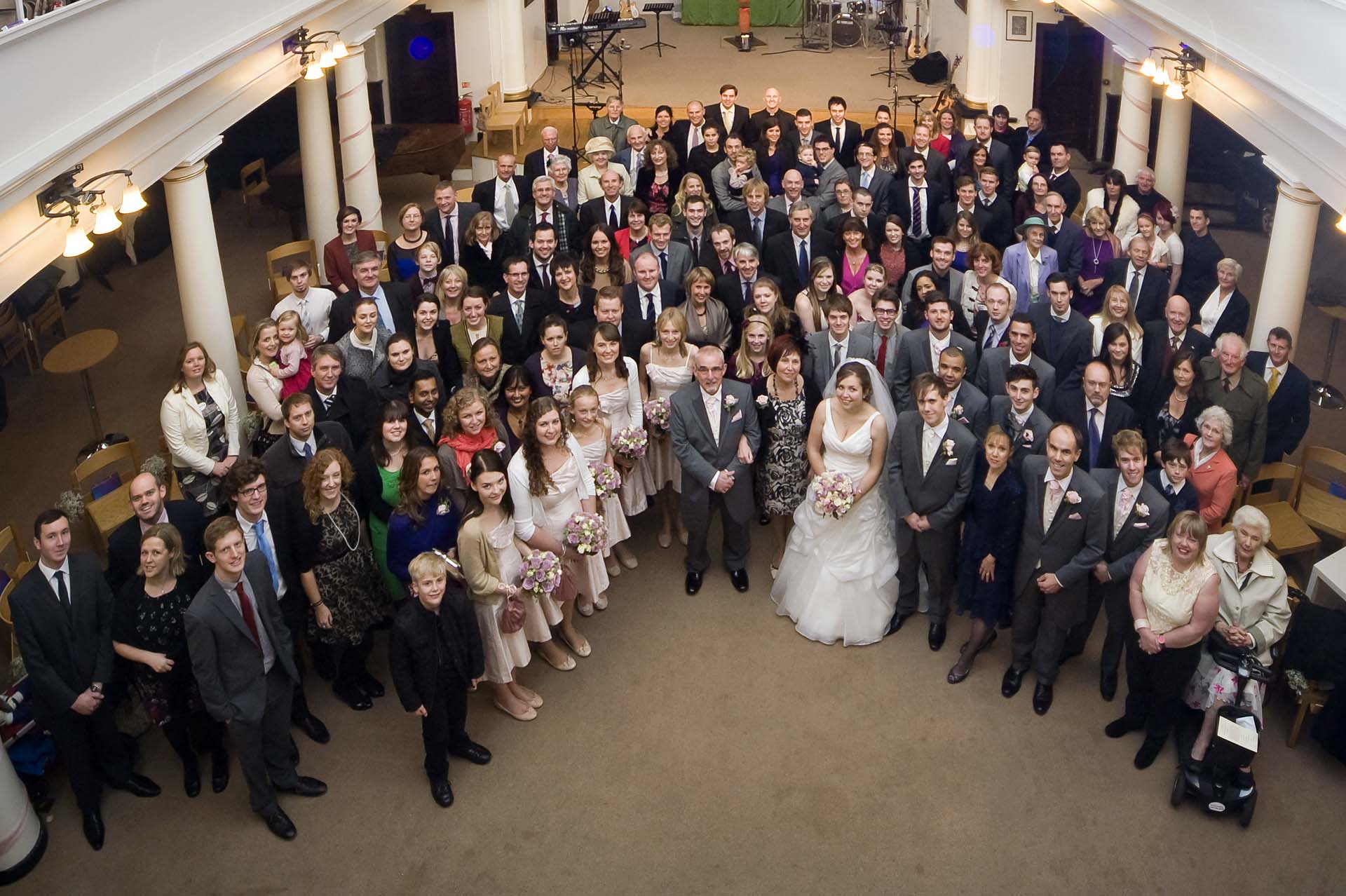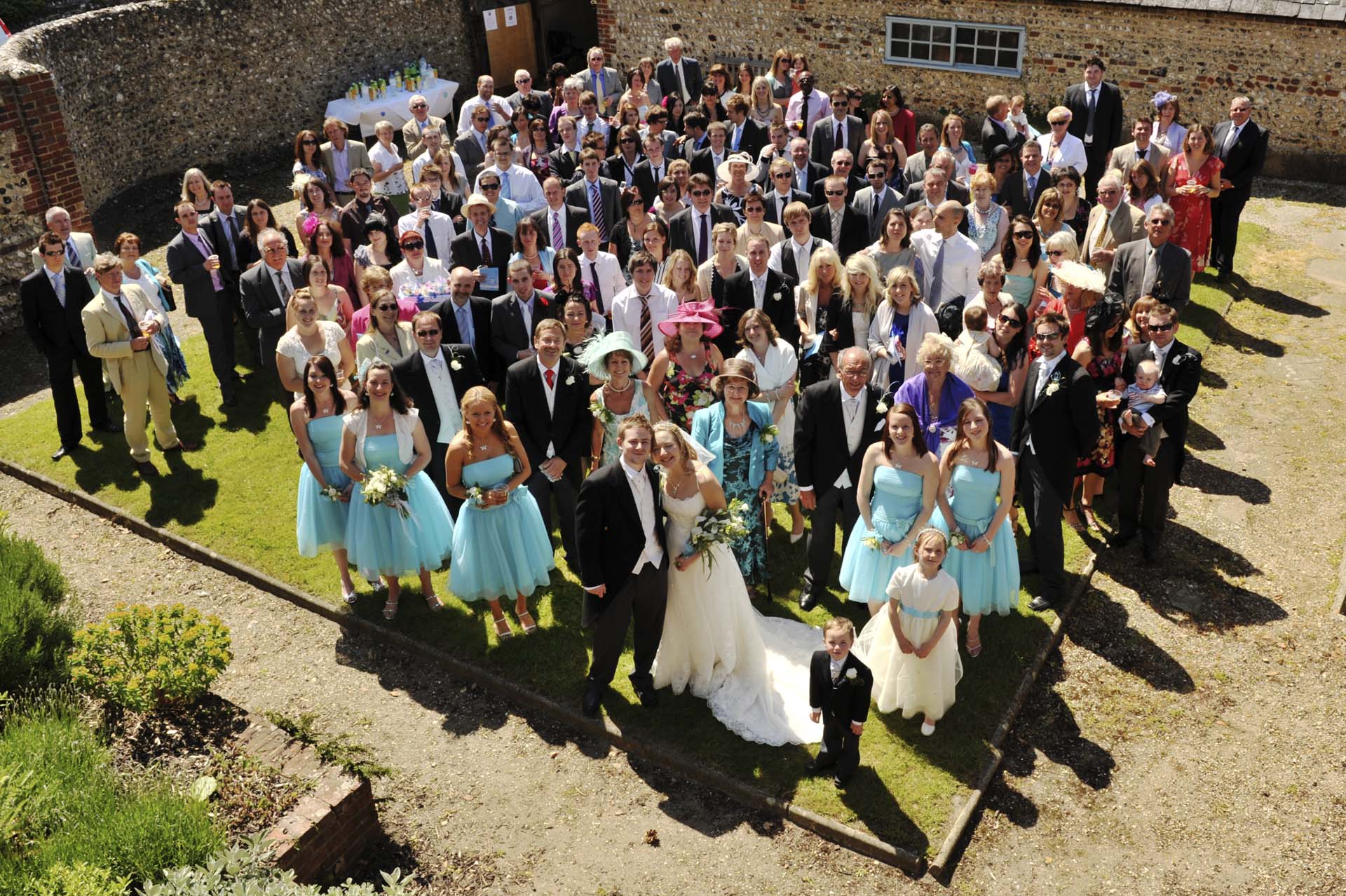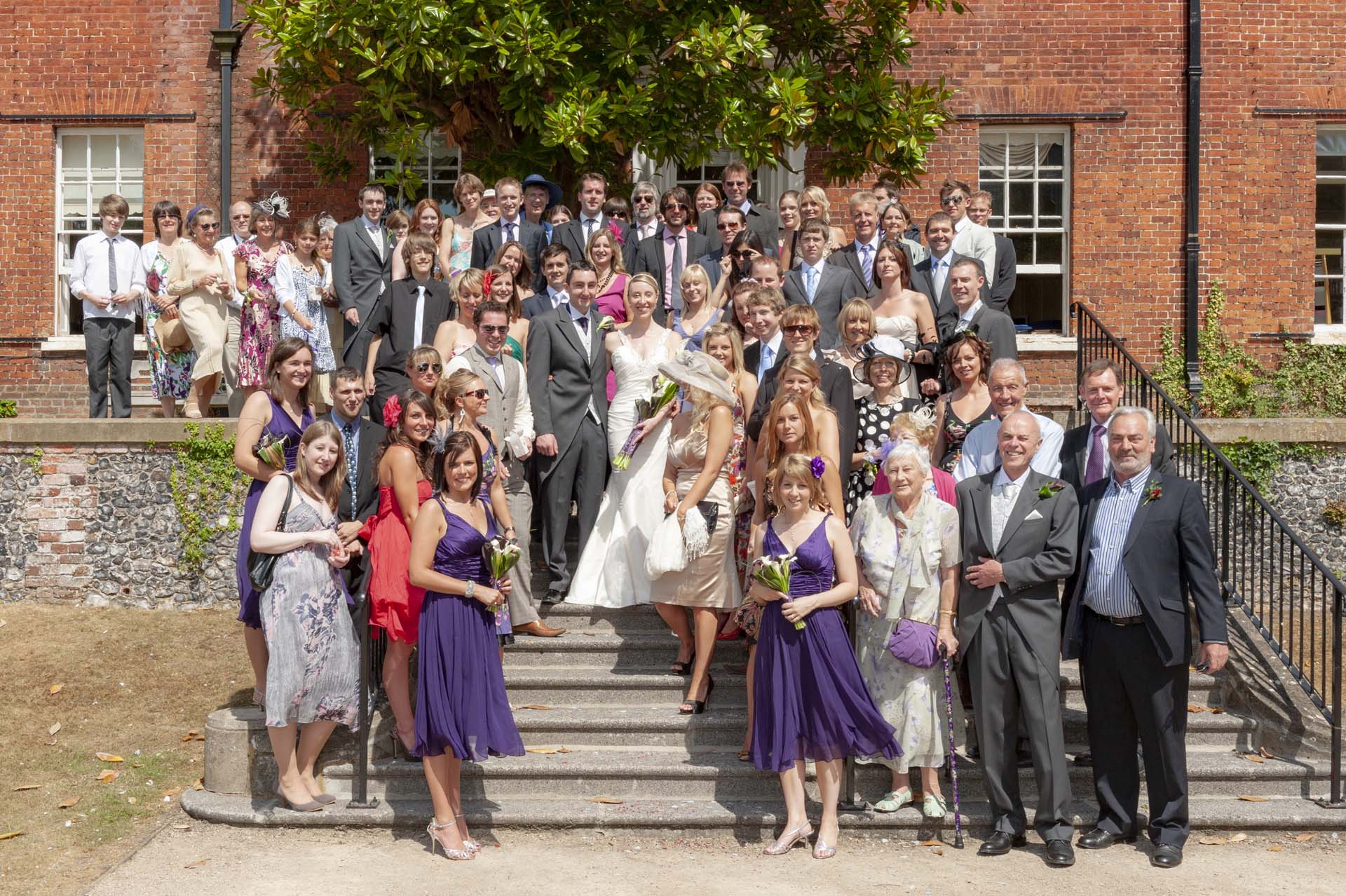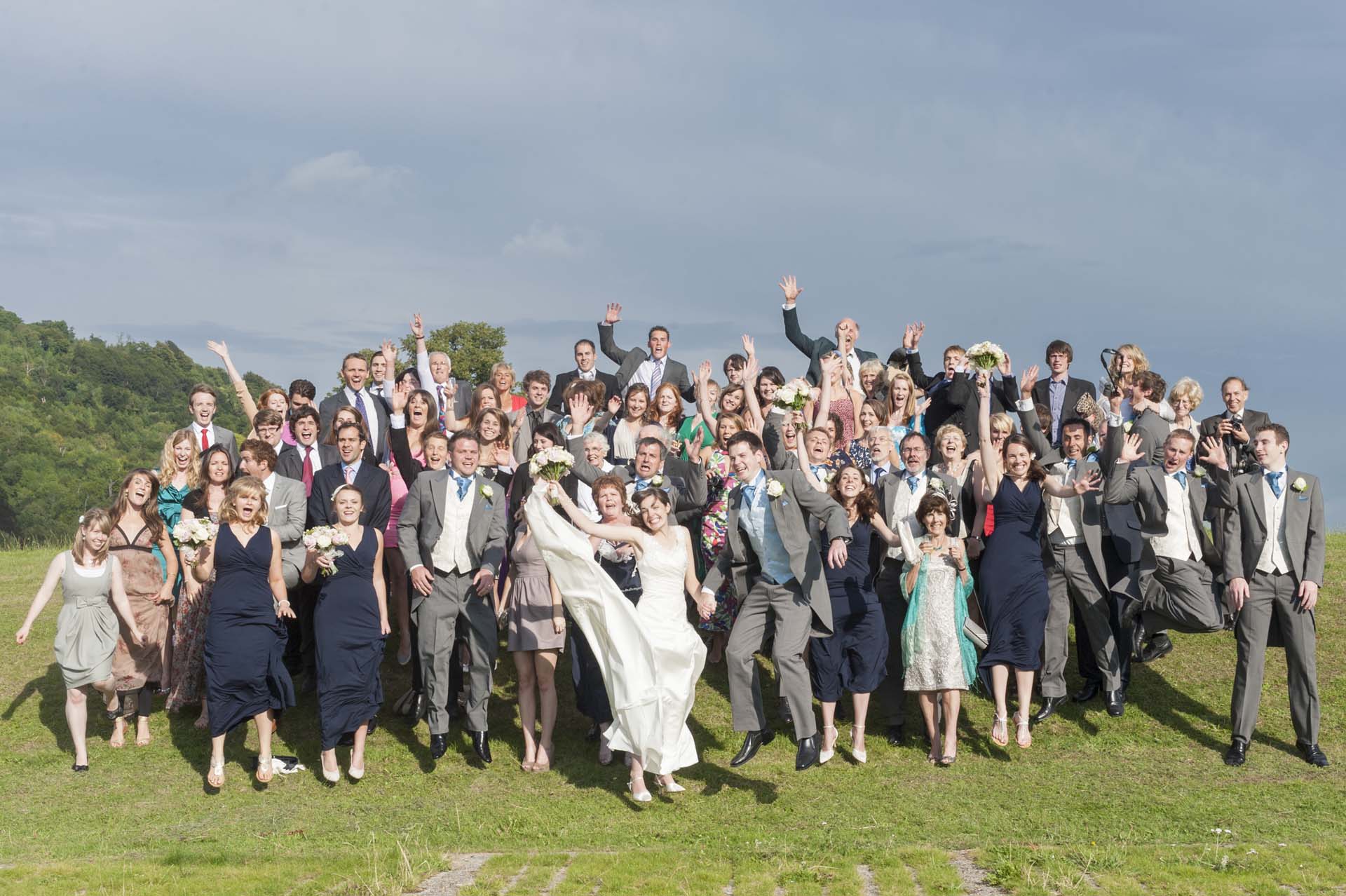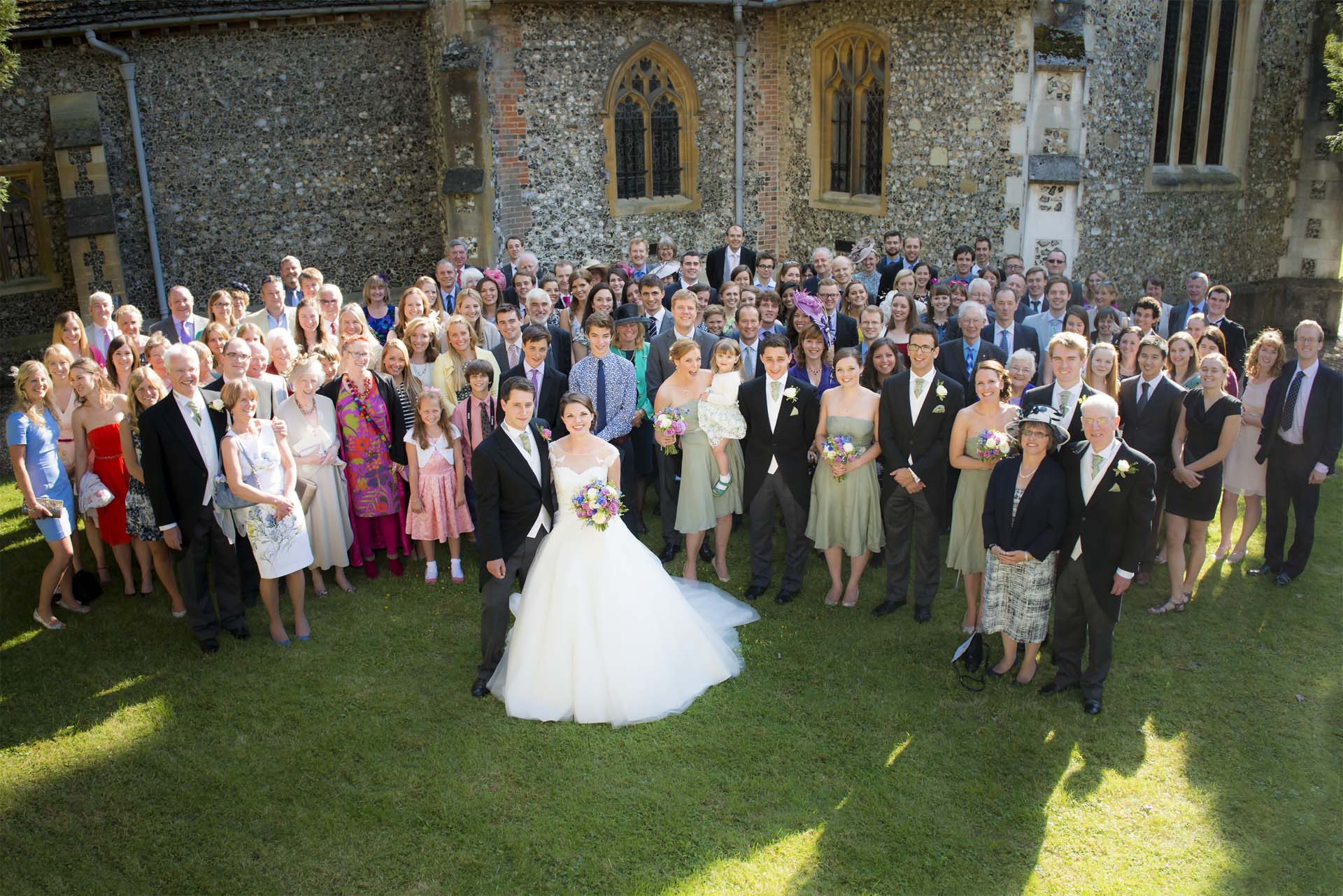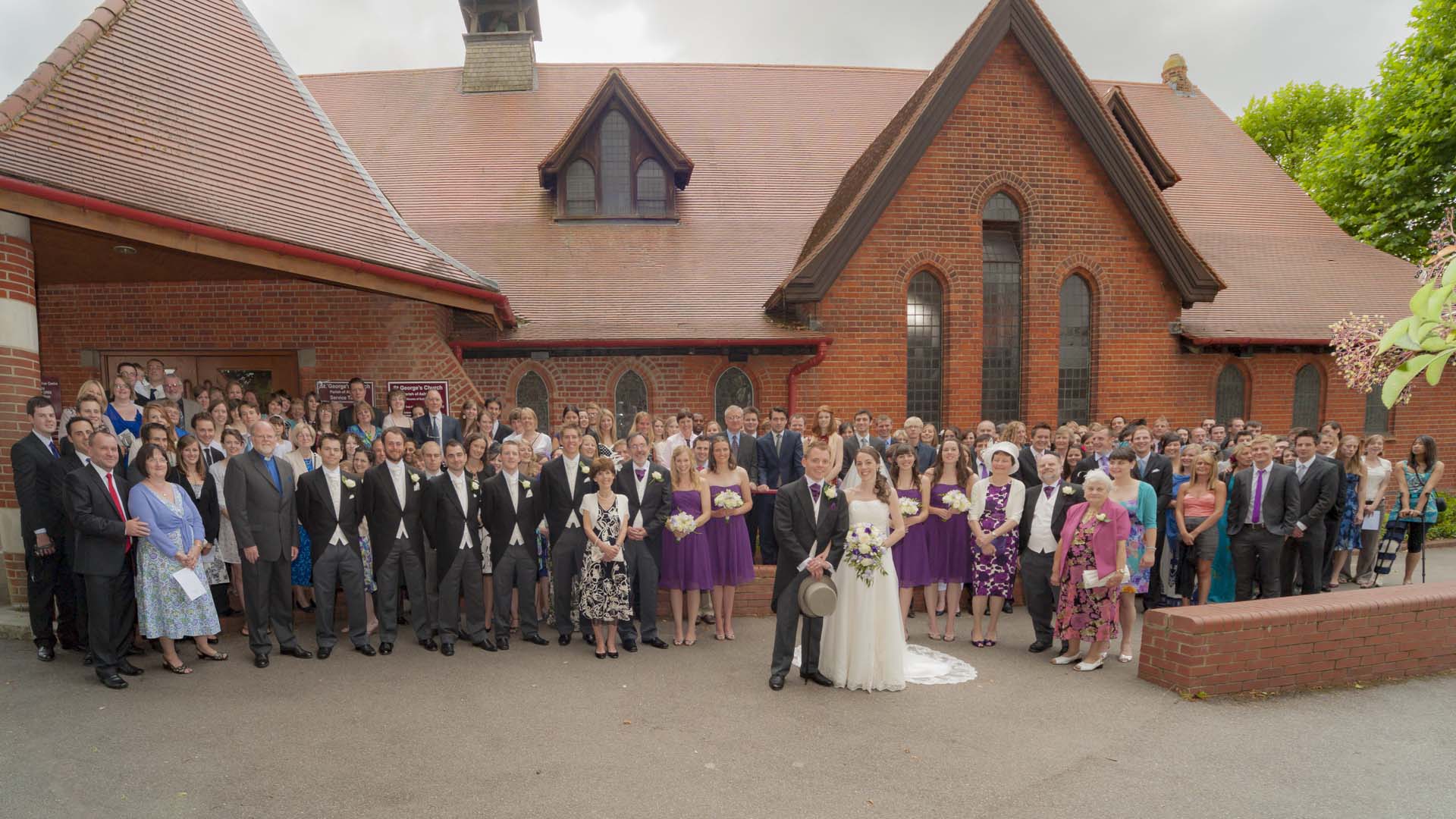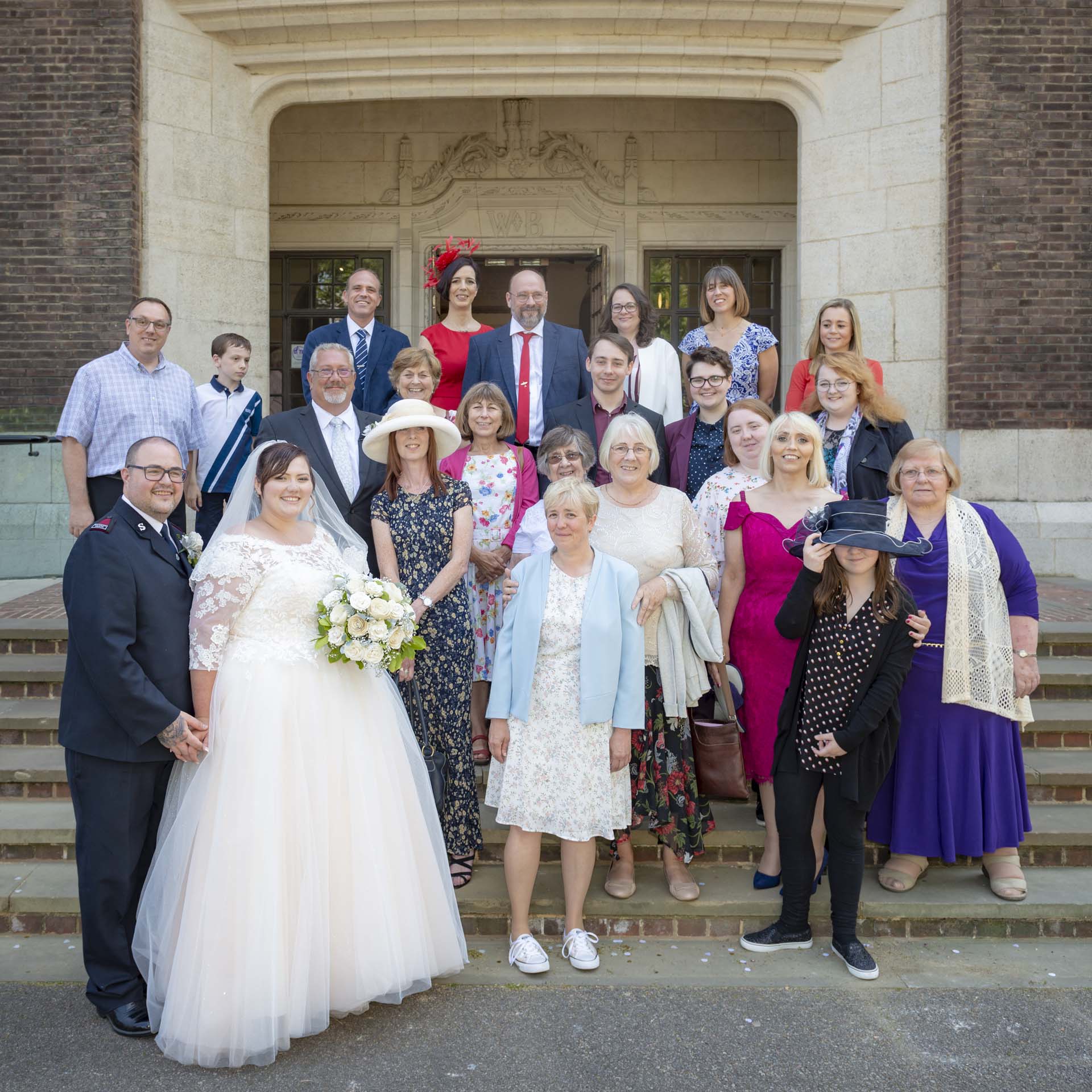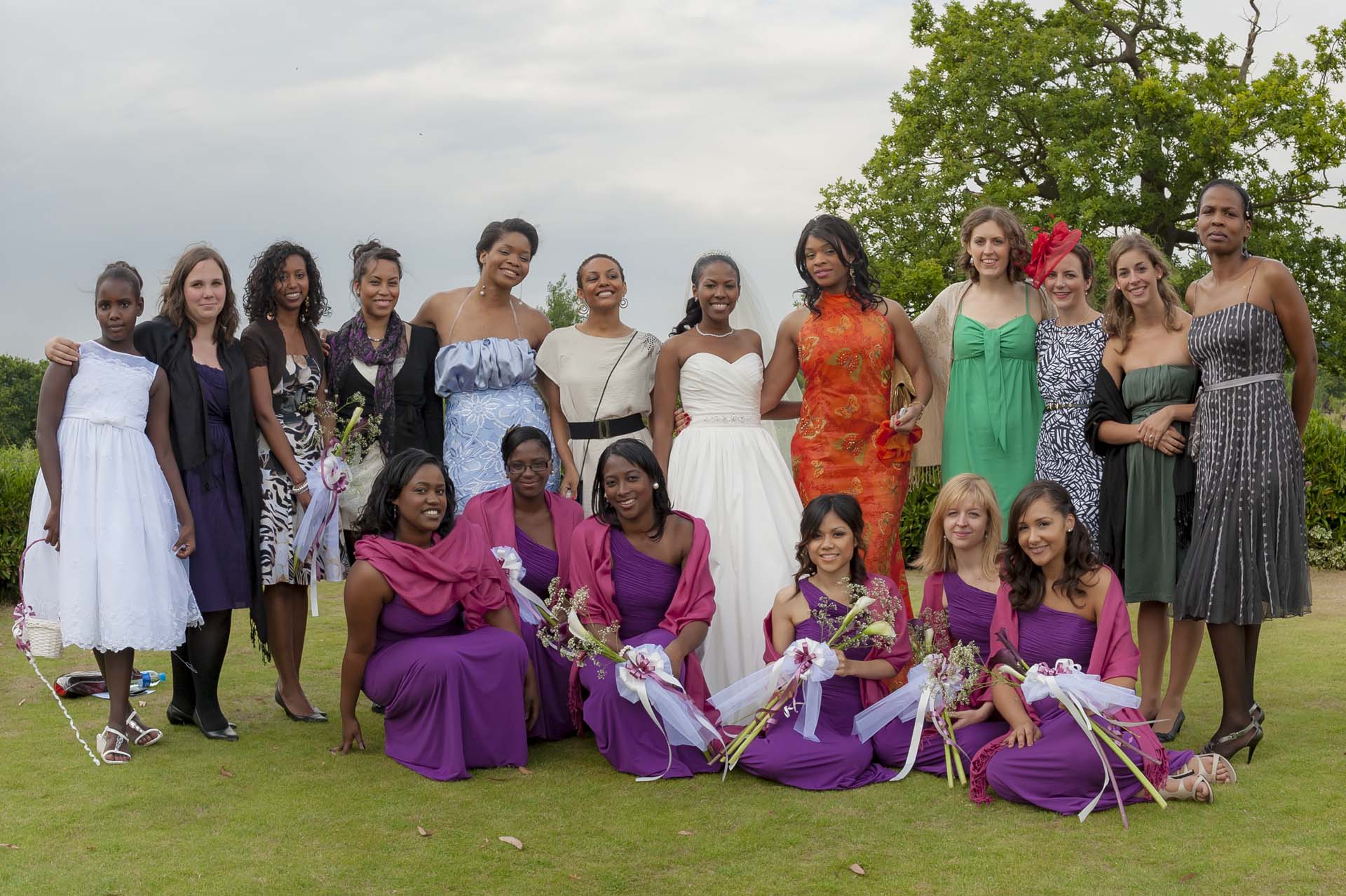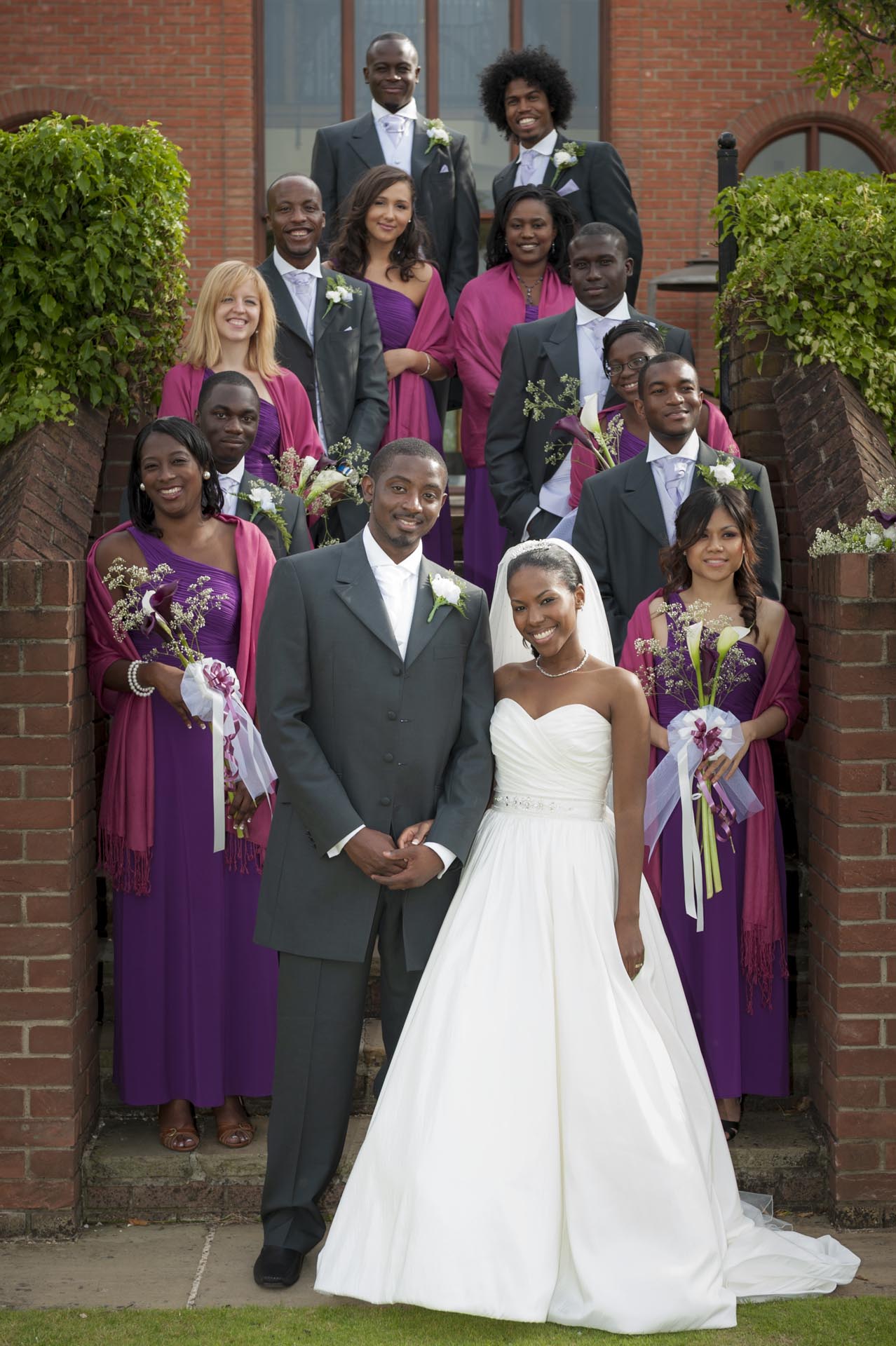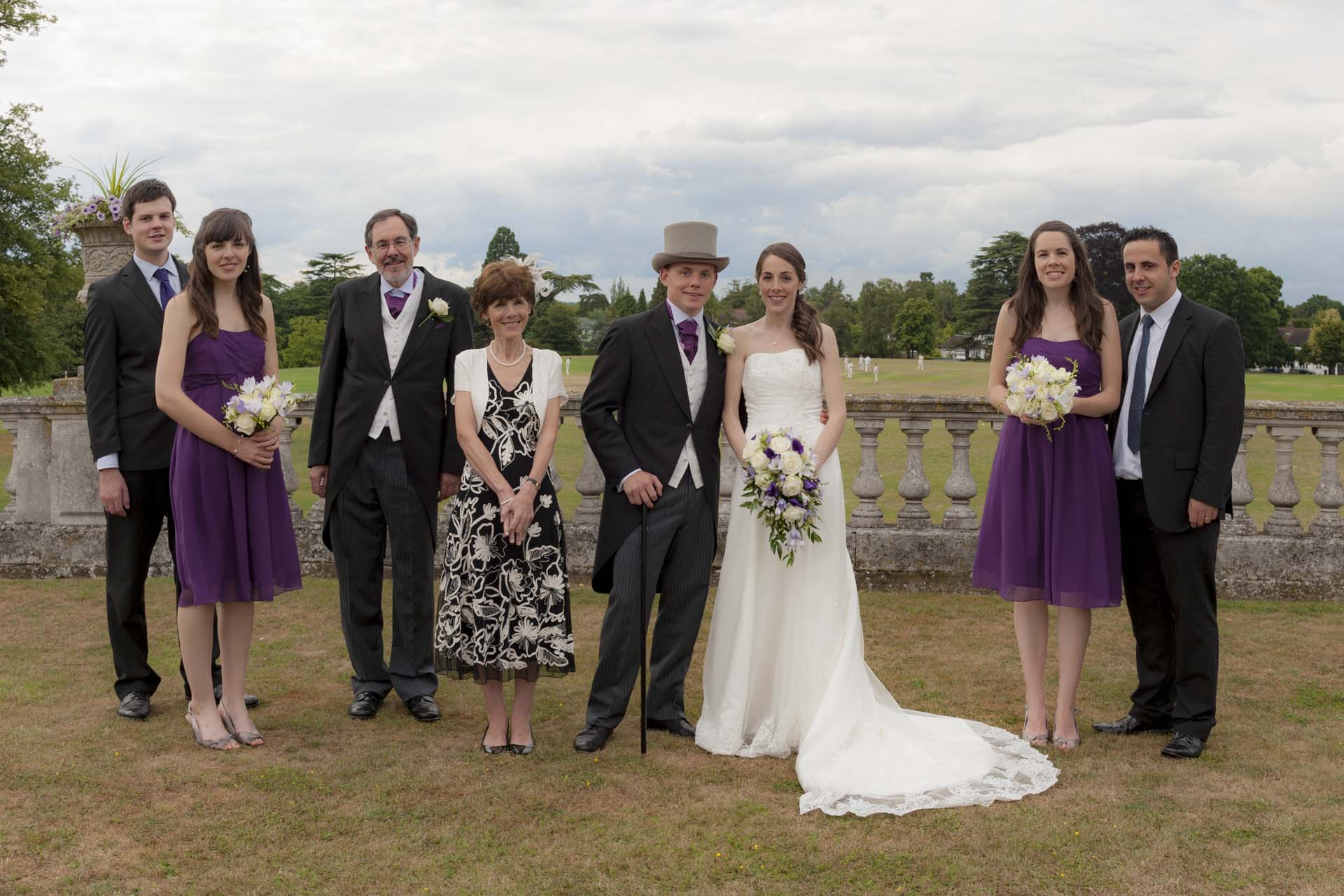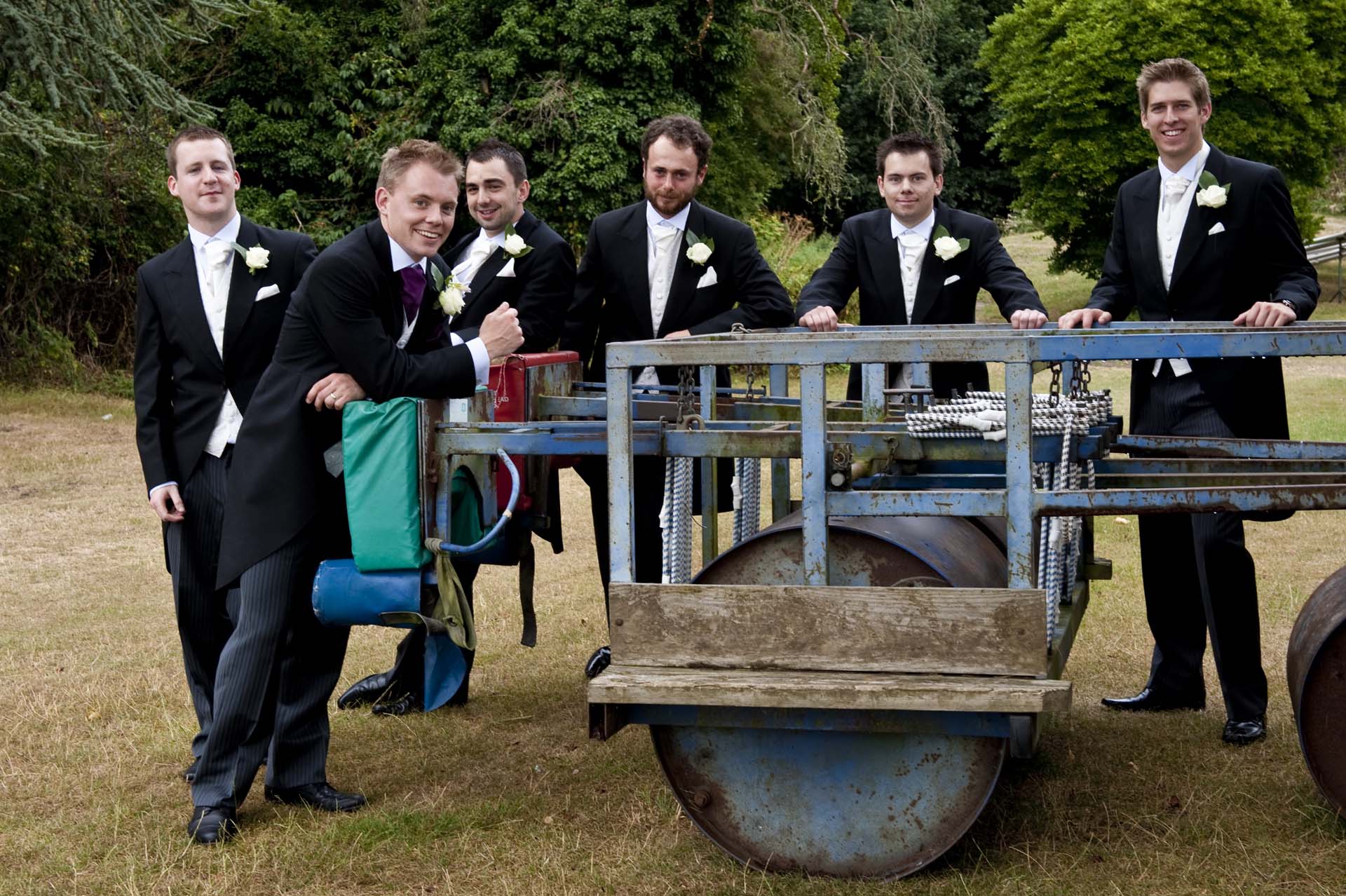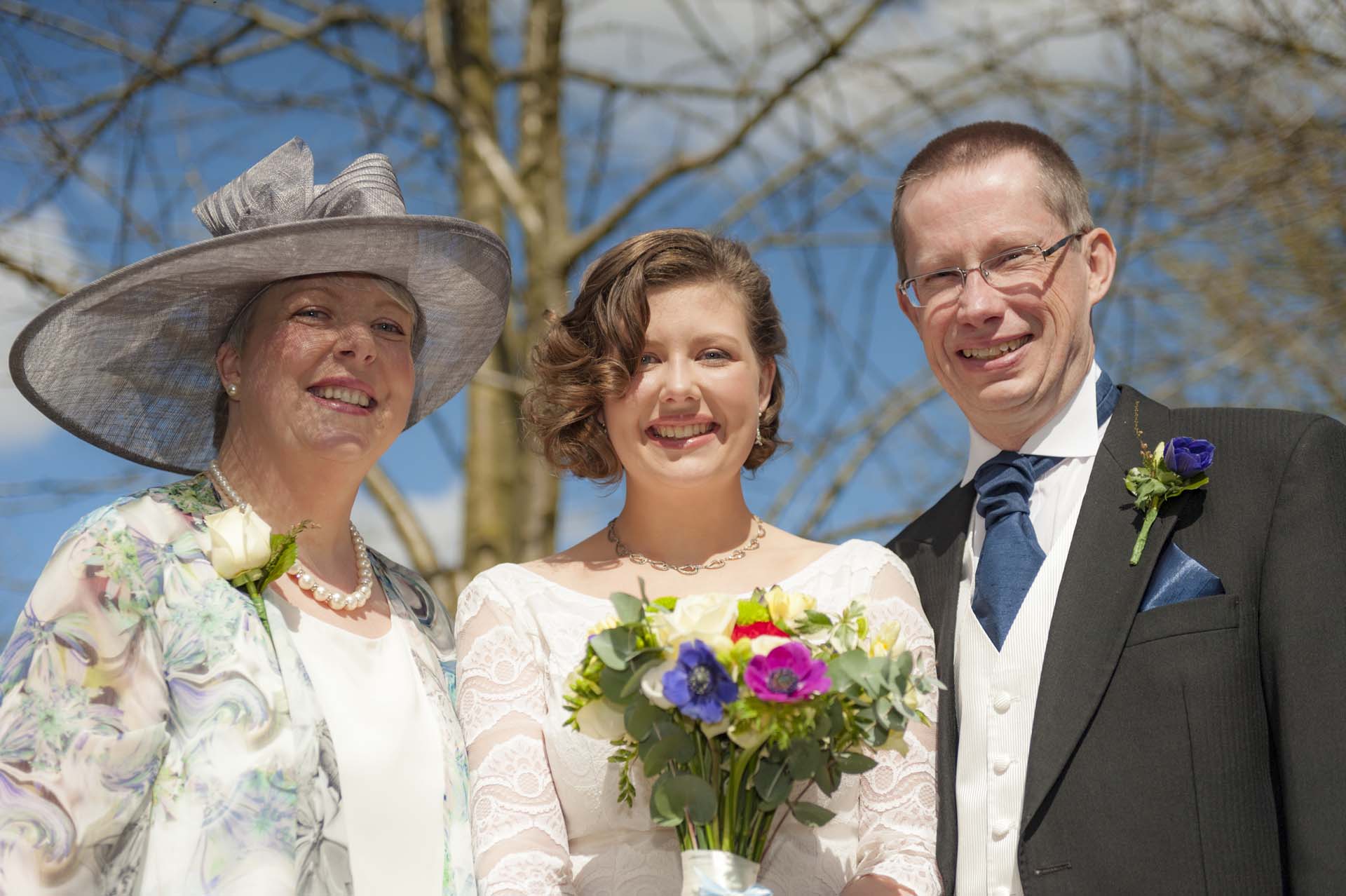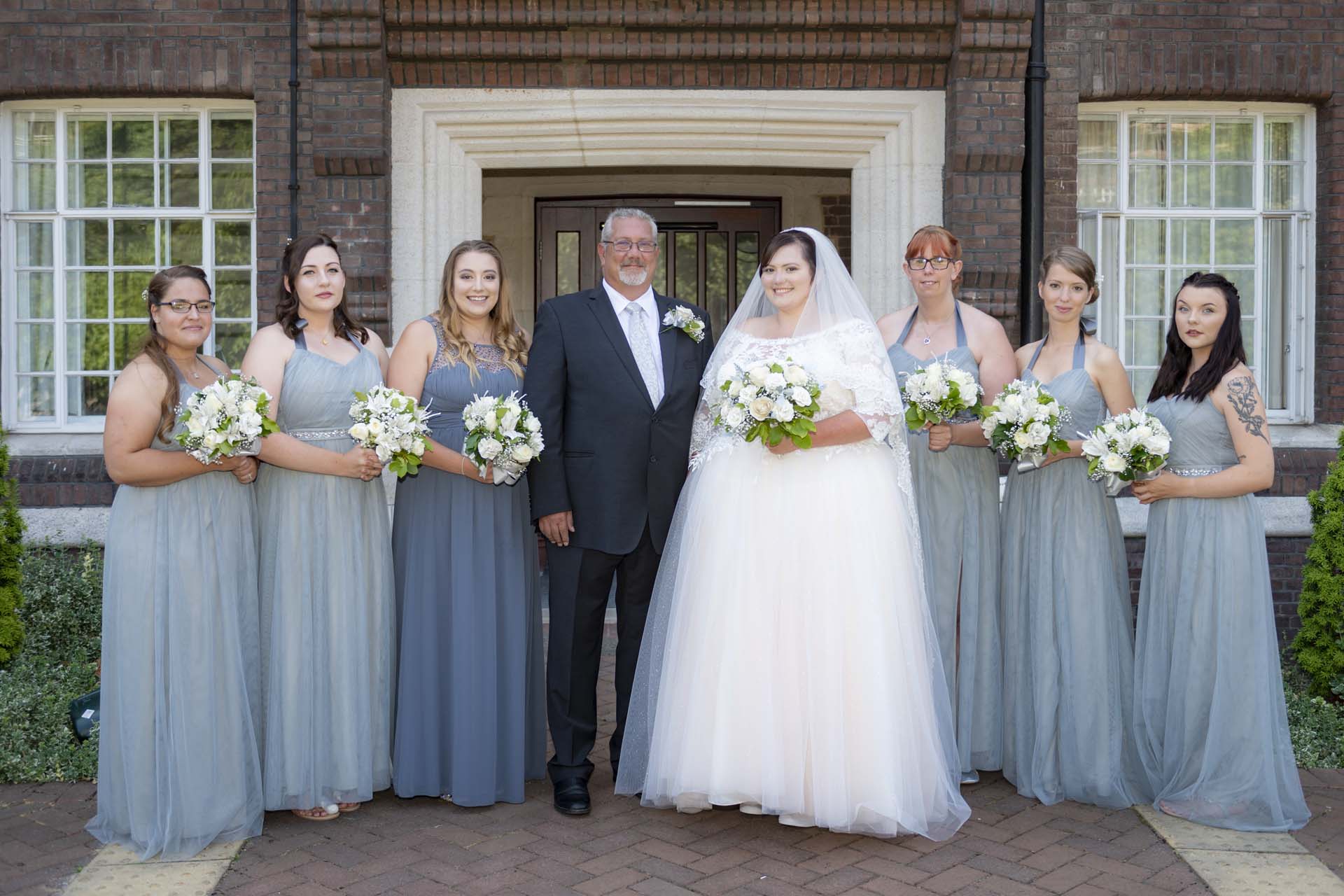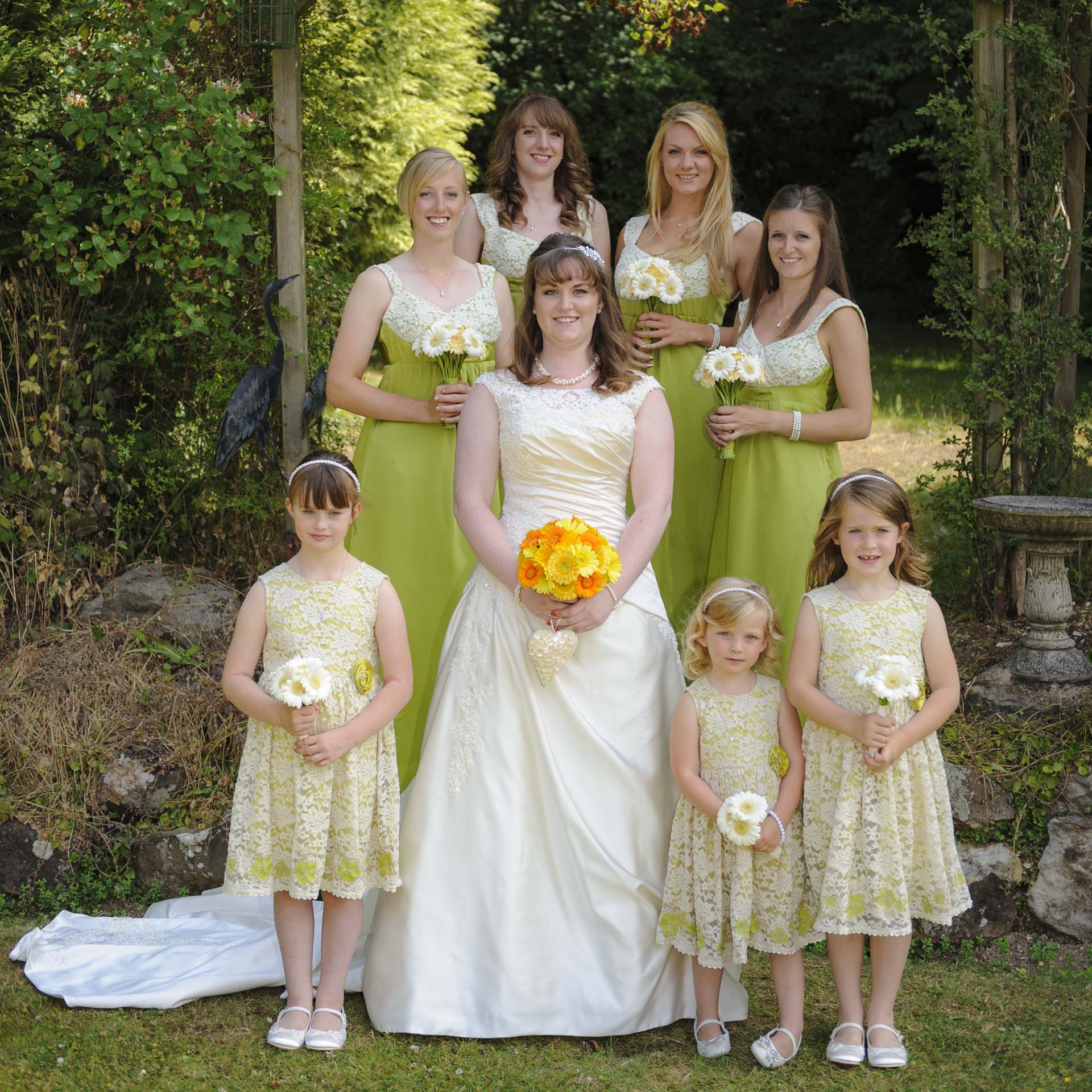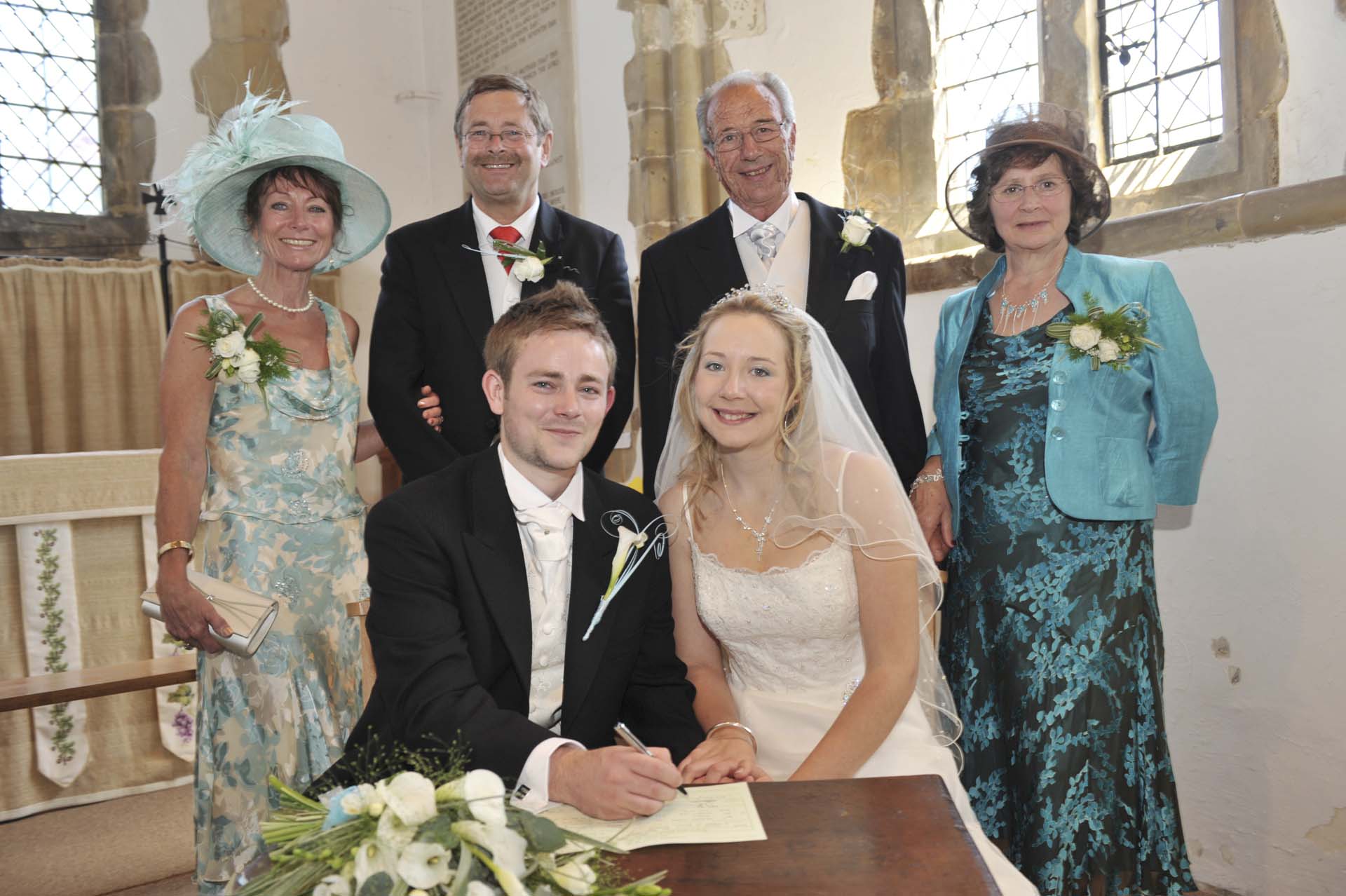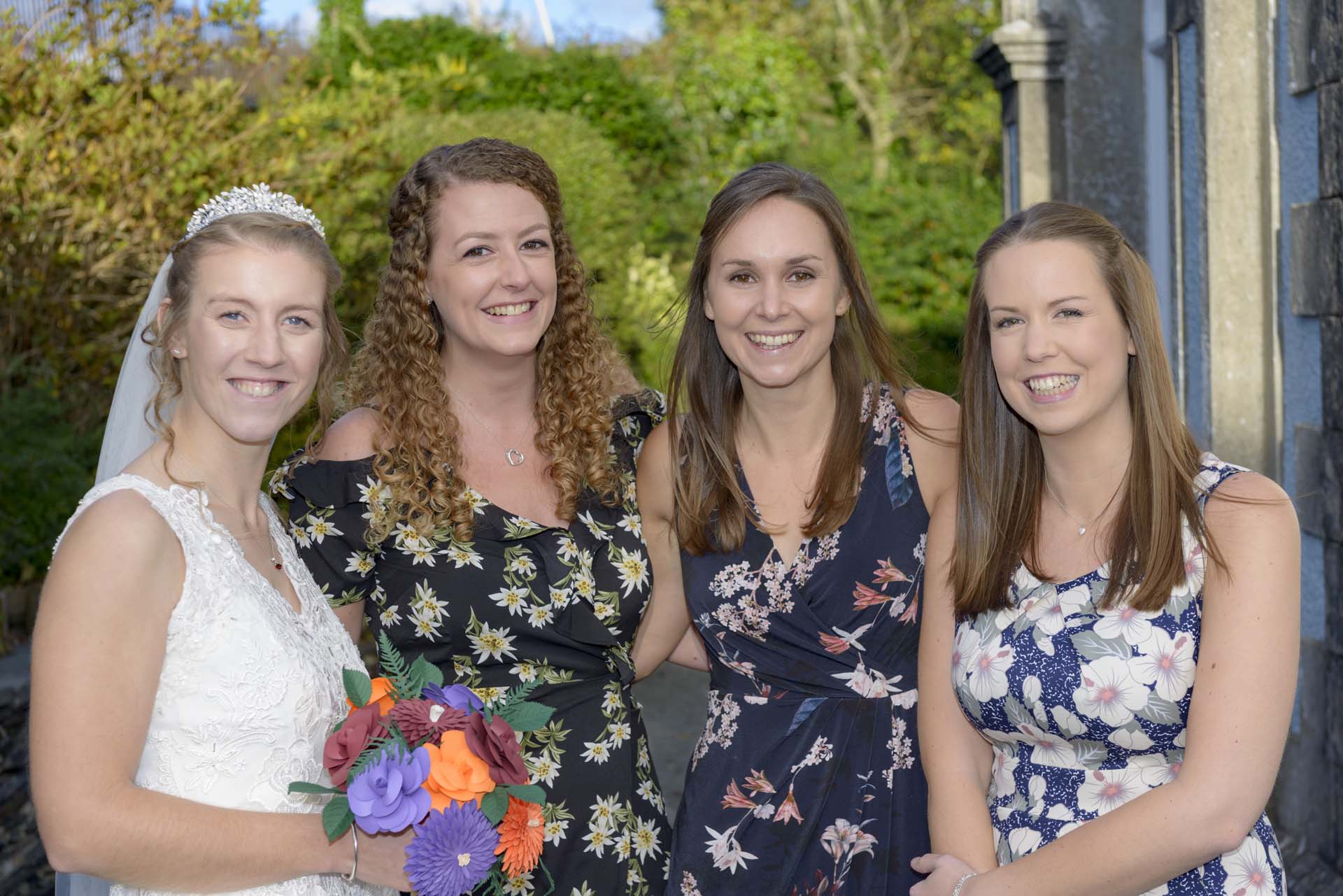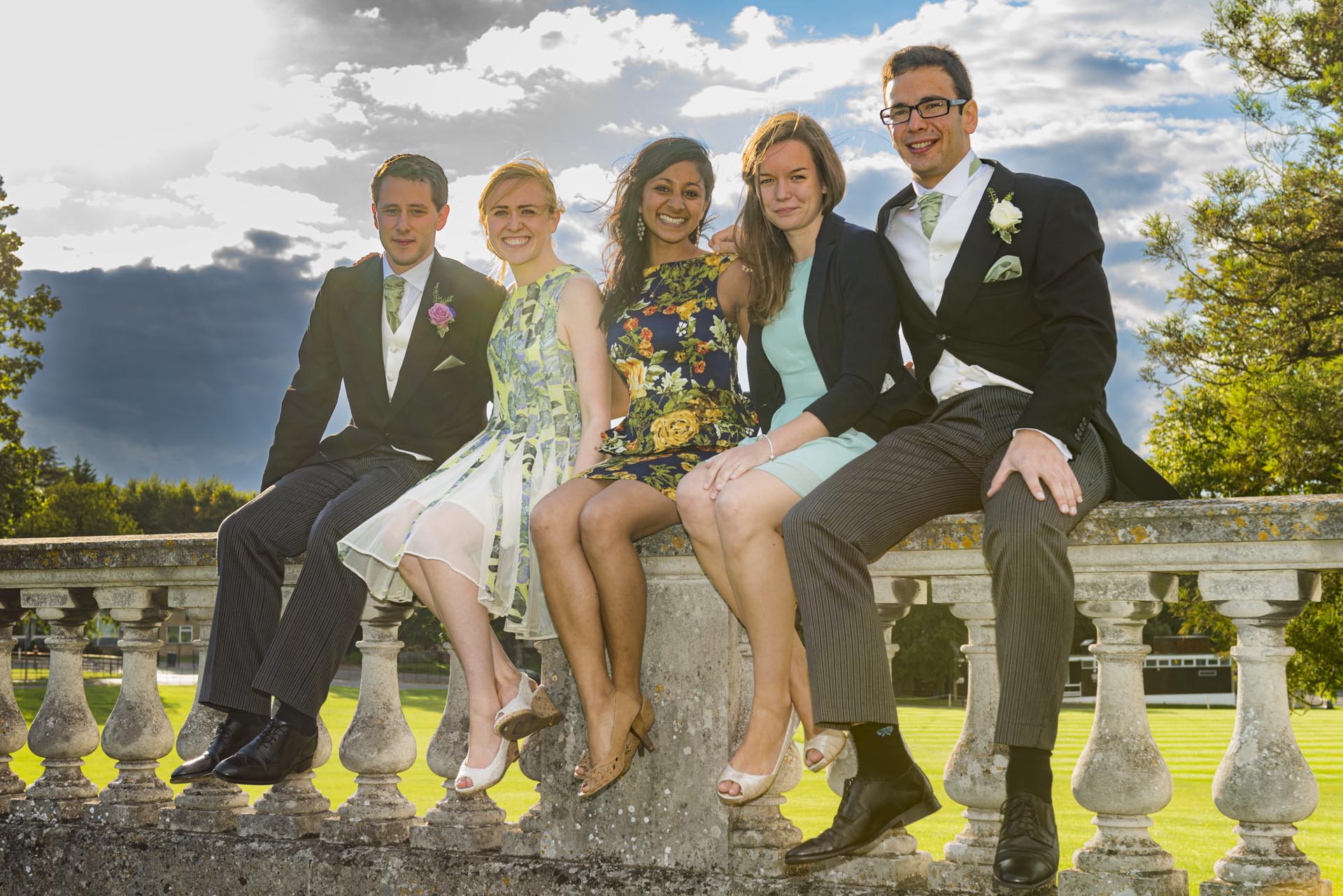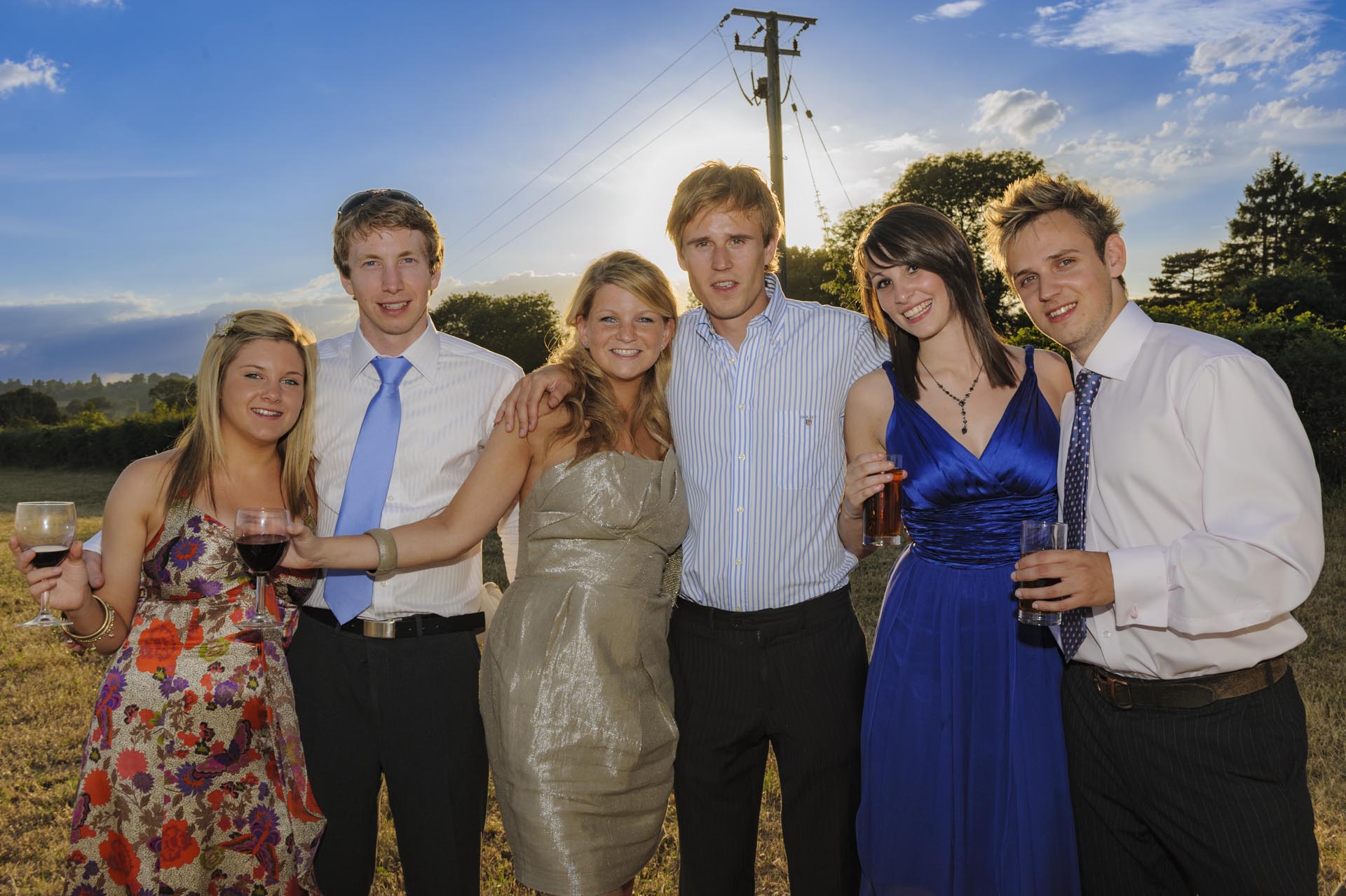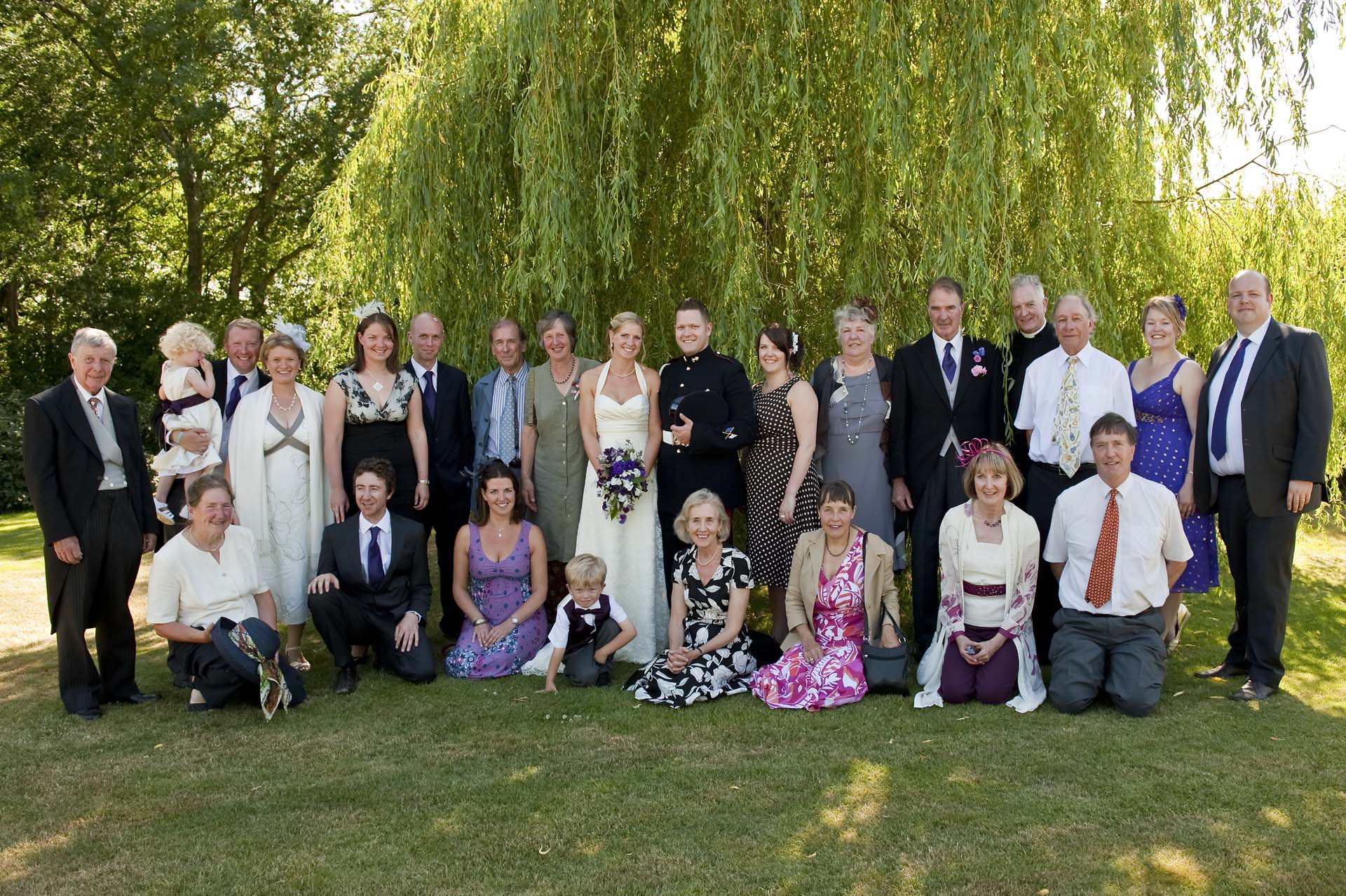Wedding Photography: Group Shots
A few years ago I found many couples were saying that they really didn’t want any group photographs. Reportage was firmly in fashion, and anything that smacked of formality and organisation was not.
I feel that this has changed a bit. Perhaps because economics have led to more people living at home for longer, because we have all felt the chill winds of mortality via the pandemic, because we are more open about loving our families… I don’t know, but I find that brides and grooms have swung back to valuing good “formal group” images of their family and friends.
Photographing groups is not the favourite part of the day for most of us wedding photographers. It is probably the section of the day where we feel most exposed, and where everything is hanging on our work, rather than us just photographing what is happening for other reasons. A wedding photographer who lets the group shots drag on and on will not be well-loved for the rest of the afternoon. Ditto the shouty or naggy photographer.
Here are ten tips about photographing groups from my experience as a wedding photographer. I hope they will be helpful to other photographers, but also to wedding guests, best men and brides and grooms themselves.
The group photo time should be short, fun and blend with general socialising so that it doesn’t drag or tire people out
Group Photos at Weddings:
How to get the best possible group shots
1 Have someone else do the organising of the groups
One of the key things I try to sort out with wedding couples well in advance is that someone (often the best man) will do the actual organising of the groups. A shouting photographer needs to be very winsome not to grate on the nerves; a best man can get away with far more! On top of which, I find I have enough on my plate organising the groups into shape once I have them – “Could the lady in red in the back row please move 9 inches to your left” etc. Having someone else find the people for the next group while you are getting the shots speeds things up no end.
2 Check the group shots over with the best man to make sure that the order they will be done is a sensible one.
Not everyone is a born organiser. I am sometimes amazed at the inefficiency which can creep in to the group photos part of a wedding. The key is to have as few people as possible moving in and out of the group area more than once. So, for instance, if you want to have (besides the couple) each wider family, each close family, each set of parents plus both sets of parents together, then an order which goes…
Bride’s wider family –
bride’s close family (wider relatives leave group) –
bride’s parents (other close relatives leave group) –
both sets of parents (groom’s parents join group) –
groom’s parents (bride’s parents leave) –
groom’s close family –
groom’s wider family
…keeps the changes to a minimum. Anything which has wodges of people going in and out multiple times may be ok at the barndance in the evening, but it will waste time and tire people out now!
3 Get your technique down solid
It is very easy to get flustered by the pressure of the group shots of a wedding and to lose focus (excuse the pun!) as a photographer. Generally you will be using wider angle lenses, so depth of field will not be a BIG problem, but all the same, stopping down enough to hold the group in focus should be basic. If you are used to using a single focus point in autofocus, it is perilously easy for it to wander onto the background and suddenly you have lost the group… For this reason I like the Group setting on my D5 – but also like the extra pixels of my (older) D800s so as to get the maximum resolution on large groups.
However you do it, these shots should be sharp, well exposed and well framed. In general I am shooting full length, so no cut off feet (let alone heads!) and nice, sensible geometry.
4 Get the crowd on your side
Group shots can seem a bit of a chore for the guests – and some people always seem to delight in not being very cooperative. Humour and warmth are essential if you are going to avoid people hiding in big group shots. For me, creating that rapport is a key part of the day.
I would love to tell every guest at a wedding: You are present because the bride and groom love you. They are paying their wedding photographer the big bucks to take their portraits – and group photos with YOU in – let’s work together to make them really good!
Sometimes people genuinely seem to think that they are invisible in wedding photos – because in a big group they are lost, or because lenses can’t be THAT wide angle! It can pay to let them know they can be seen!
5 Don’t be scared to use space
My tendency, as a close cropping portrait shooter, is to also crop my groups too tight. Over the years I have got better at posing groups and using the space around them. My natural style is reportage, but I have learned to love doing groups, and especially enjoy this more creative bit.
6 Be ready for bad weather
As with the portraits of the bride and groom, it is important to have a back-up location in case of rain. In fact, it is far easier to do a few bride and groom portraits in the rain (partial shade, umbrella etc.) than to do large groups.
Fortunately, it rains far less than people think, but from time to time I have been forced to fall back on the “bad weather option”.
7 Really big groups need a bit of height, a wide lens and some nous in editing
It is very difficult to take perfect shots of very large groups. Good rapport with people, a sense of fun, will help to get as many people as possible looking at the camera. Some height will allow your camera to see as many faces as possible. And a wide angle rectilinear lens may require some deliberate fisheye distortion to be added if the people towards the edges aren’t going to look too massive. I will come back to that last point another time…
8 The structure of the group can vary – be creative!
Creativity doesn’t stop with groups. It is very easy to do the same thing every time with wedding group photographs, but variety and movement adds so much to a wedding photography set.
I admit that my instinct (and that of the vast majority of wedding photographers) is to keep the couple at the centre and organise the groups around them. This has the benefit of also tiring them as little as possible. But it can be good to ring the changes, especially in medium-sized wedding groups.
9 Groups don’t start with the “groups segment” of a wedding
Althought the main “group photo” part of a wedding generally occurs after the service and, often, before the reception (one reason to not let it drag!) there are moments for key group shots well before you get to that point.
10 Groups don’t end with the “groups segment” of a wedding
I always tell wedding couples that I am there to serve – and ready to capture impromptu groups through the day. People may have travelled a long way – getting small, informal group photos taken with precious relatives and friends is an important part of the day.
Group photos are a vital part of a wedding day
I actually love taking good group shots. They are often a challenge – technically and in terms of people skills – but they can be some of the most important images that a wedding photographer can take. “This is the last picture we have with grandad” – you never know the significance of some of these images. It pays to get them done, and done well.
Since I first wrote this piece I have added in all the camera and lens details, and I realise how much it illustrates the role of the 24-70mm f2.8. I looked at that lens specifically in a recent article on wedding work.
Photos © copyright Andrew King Photography

